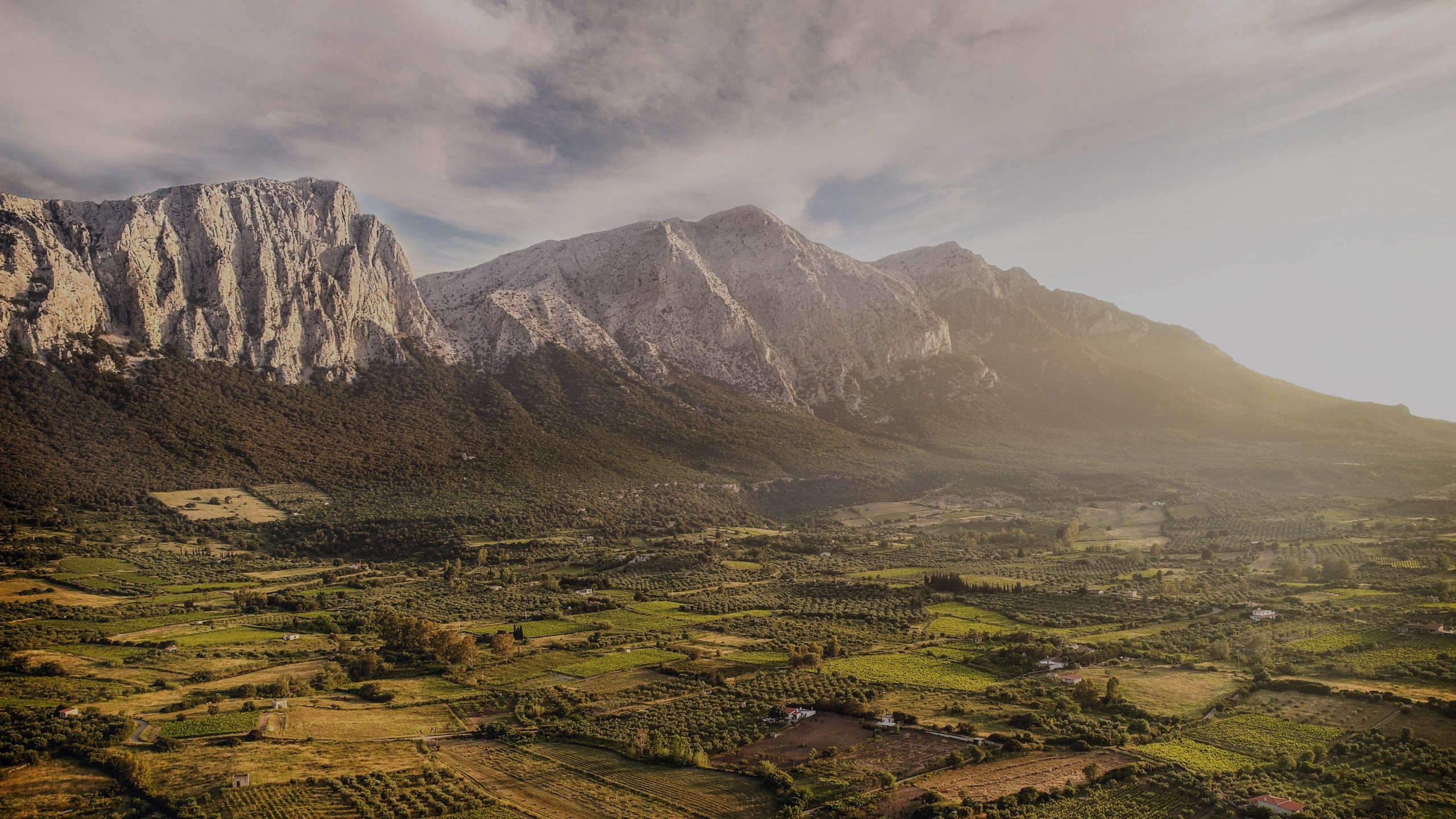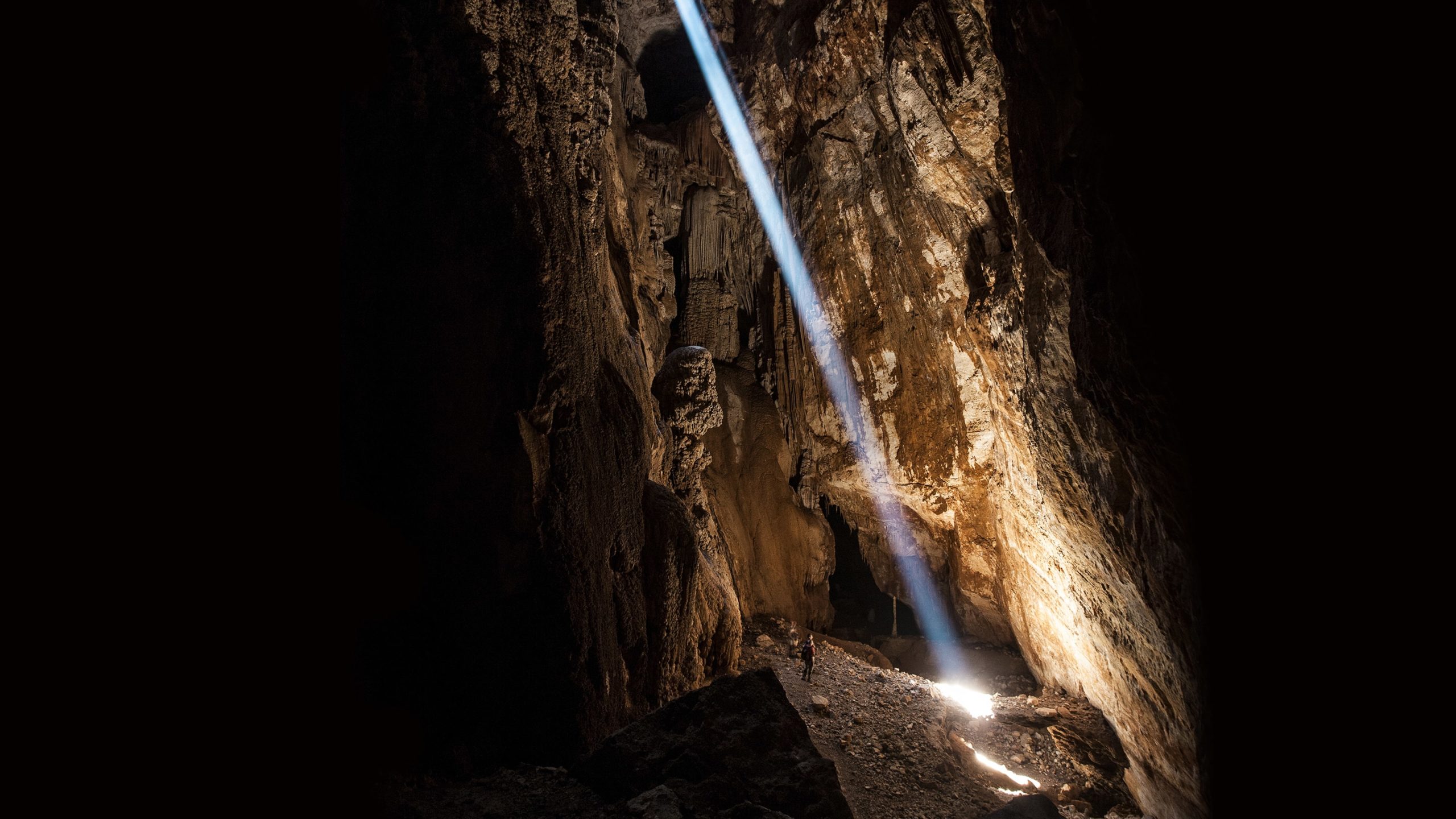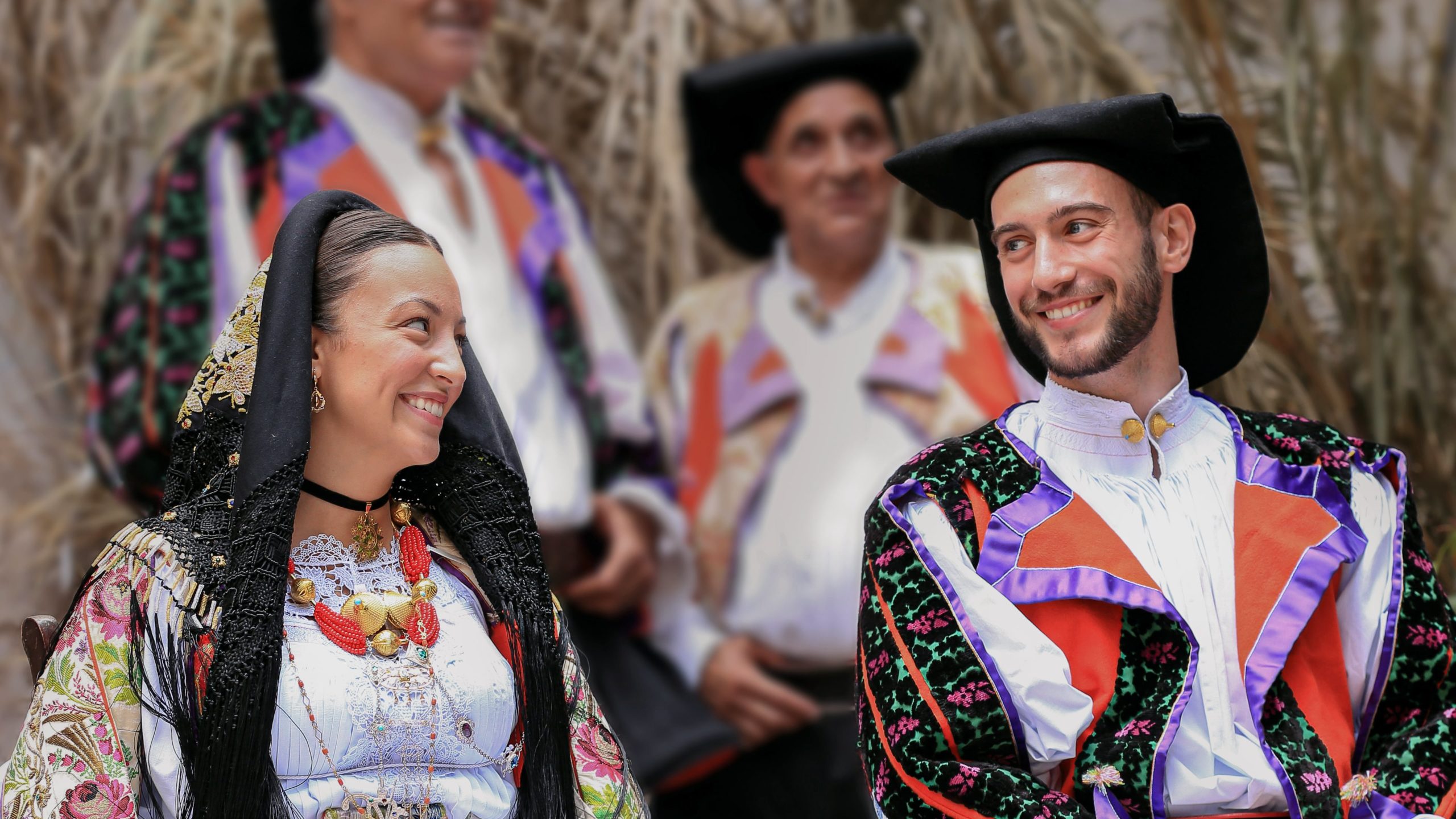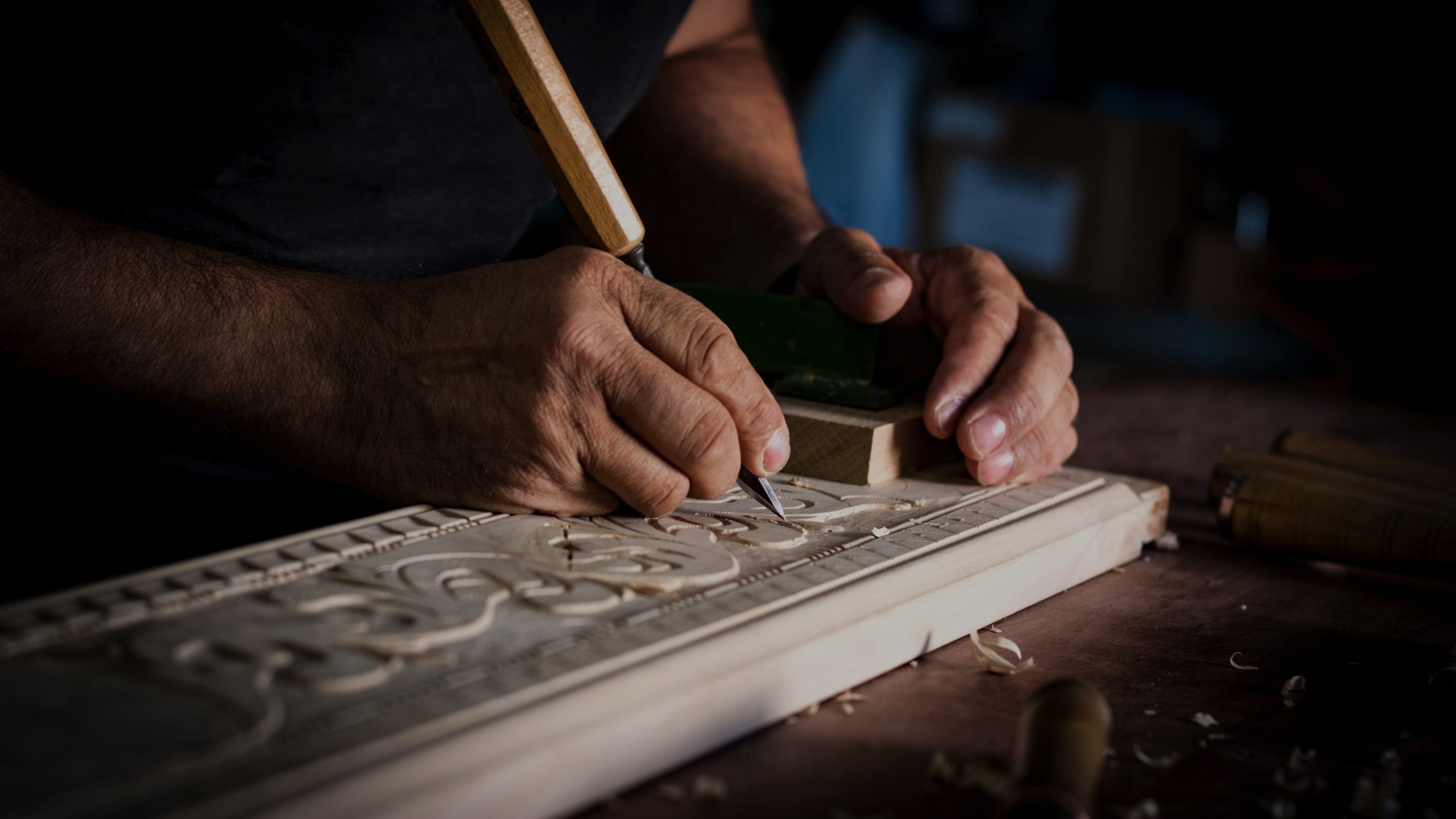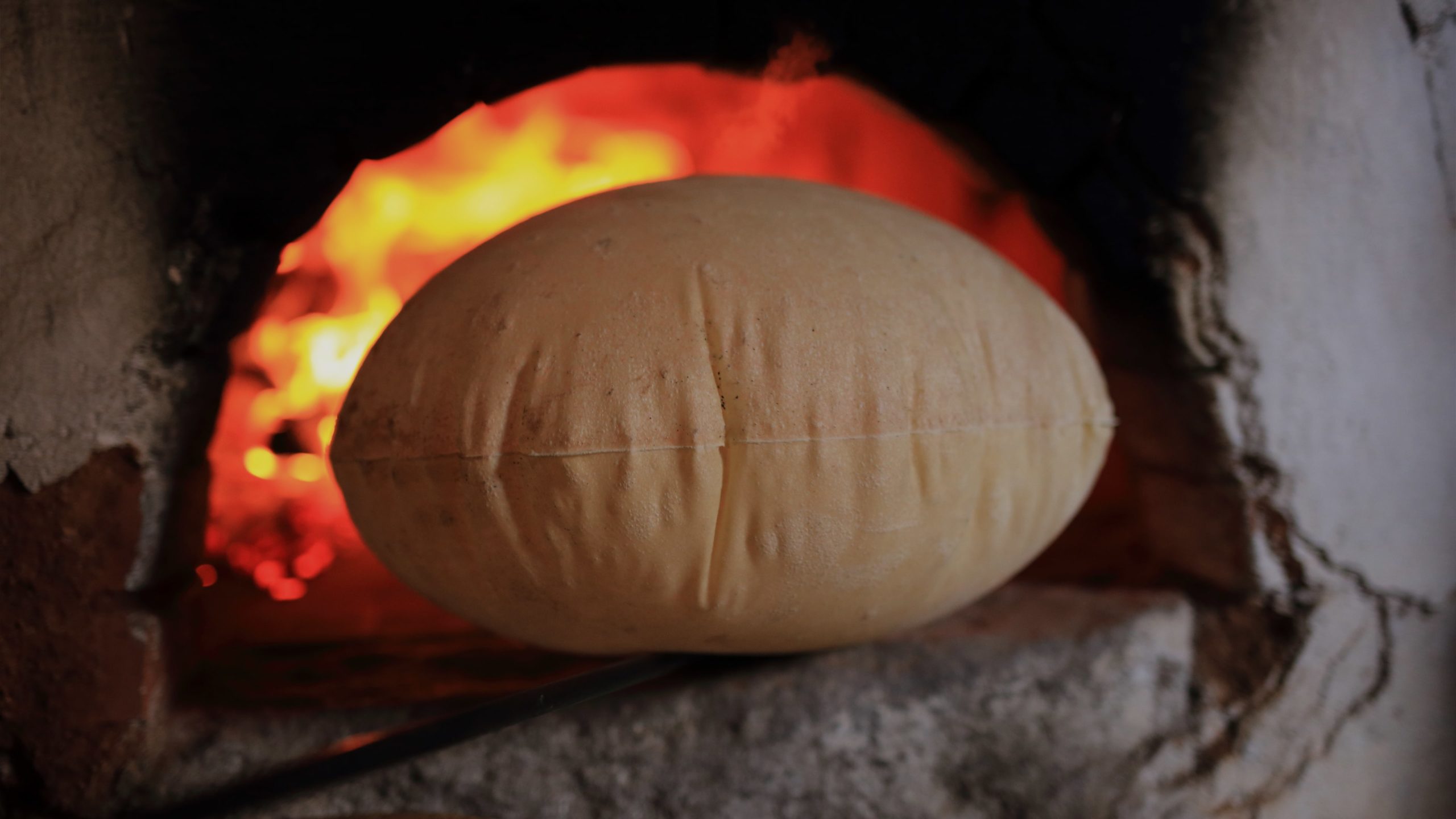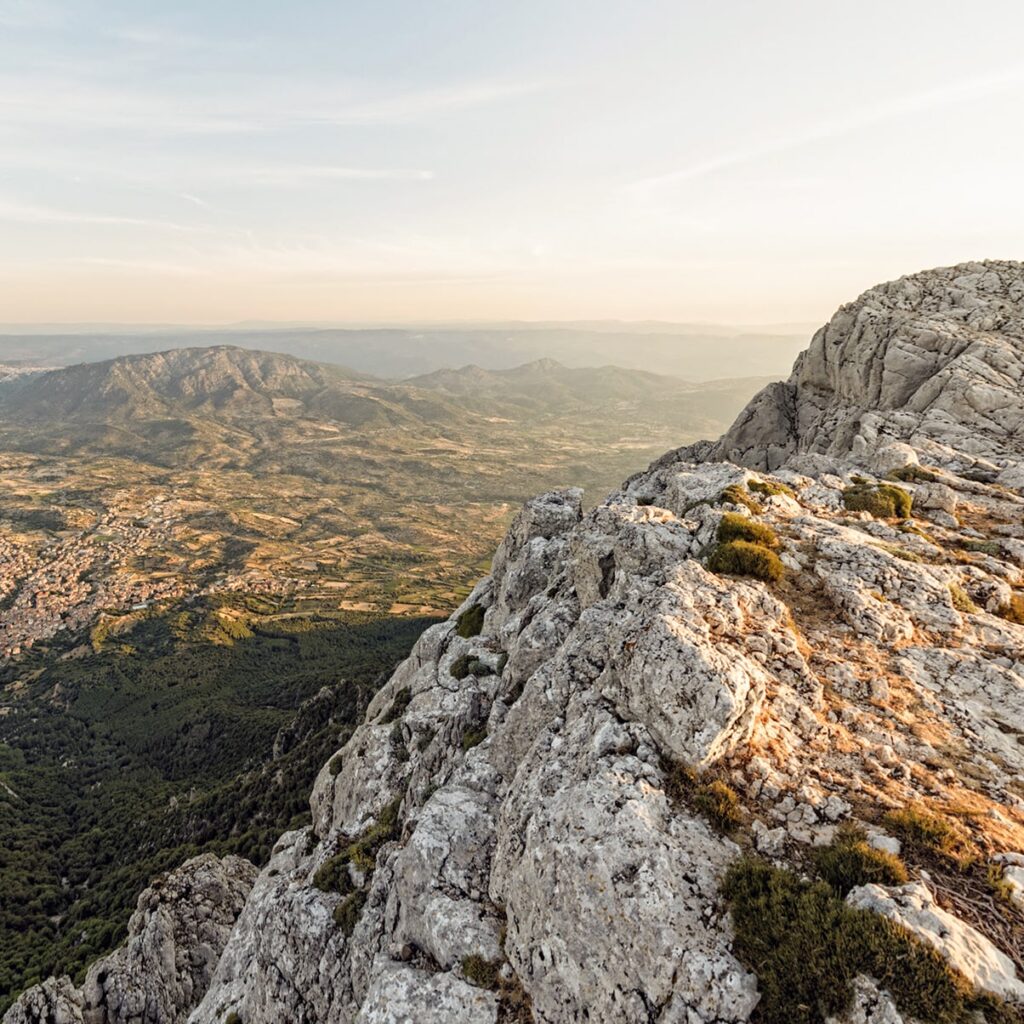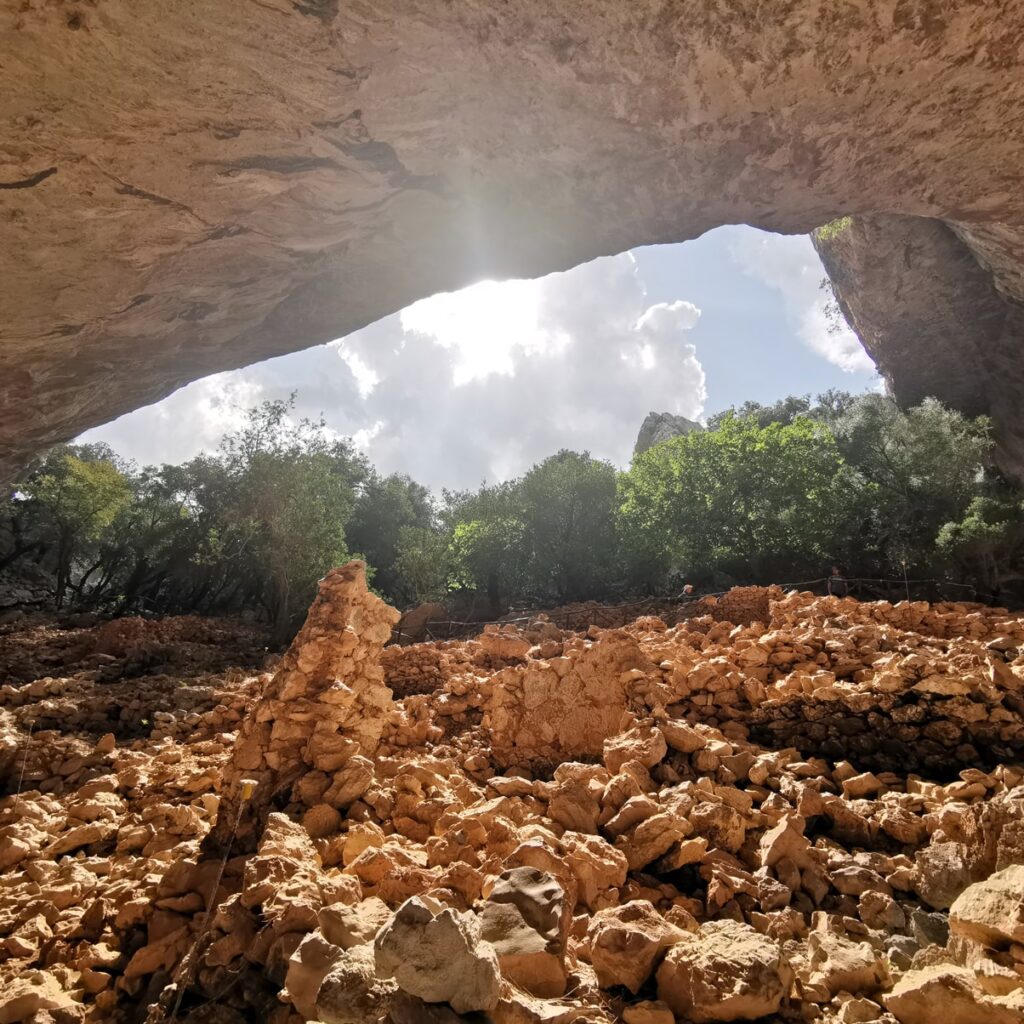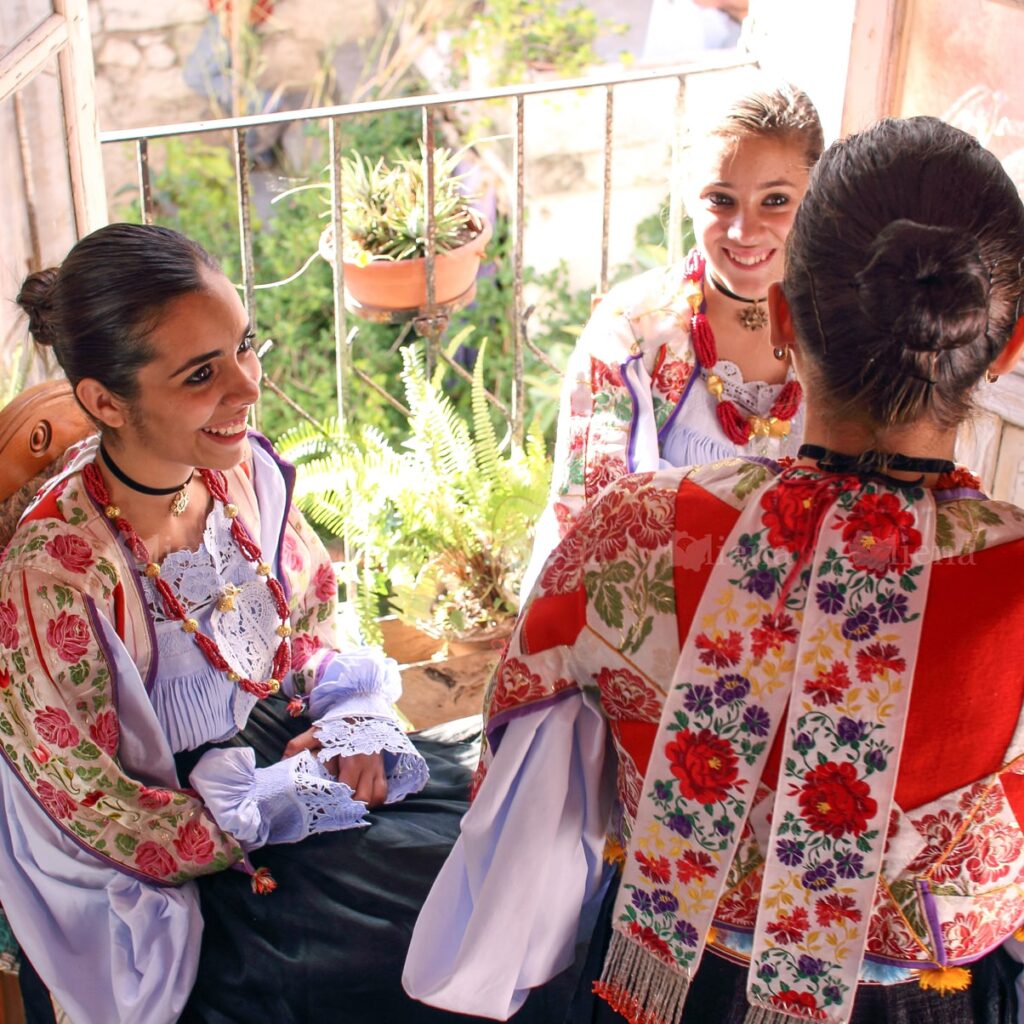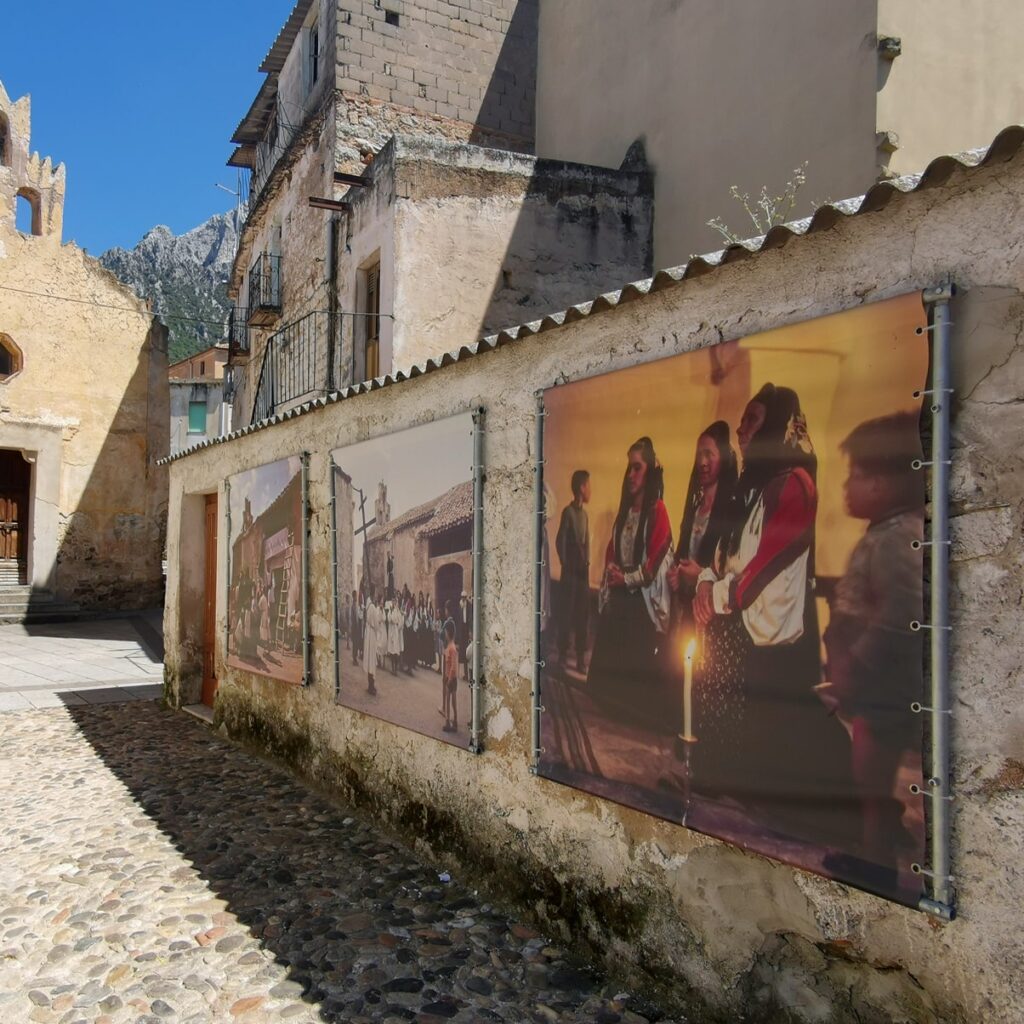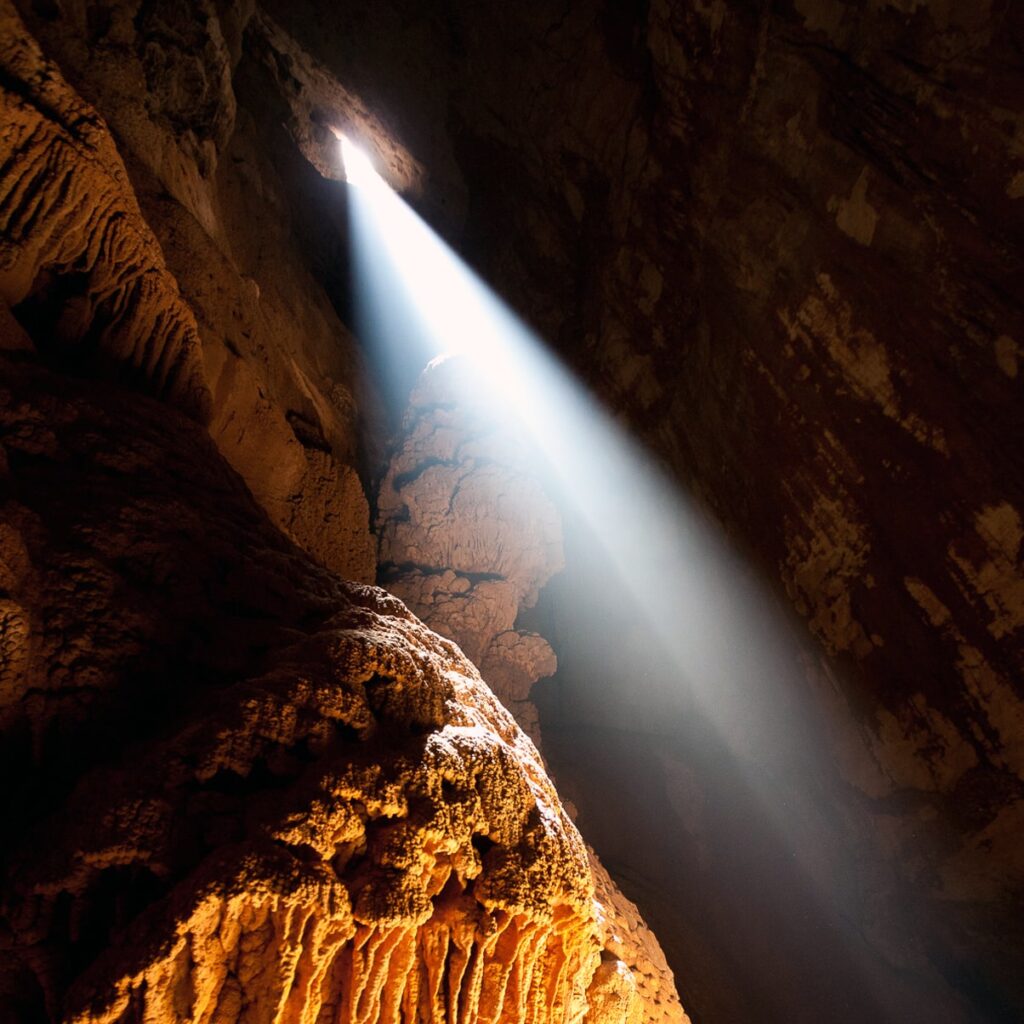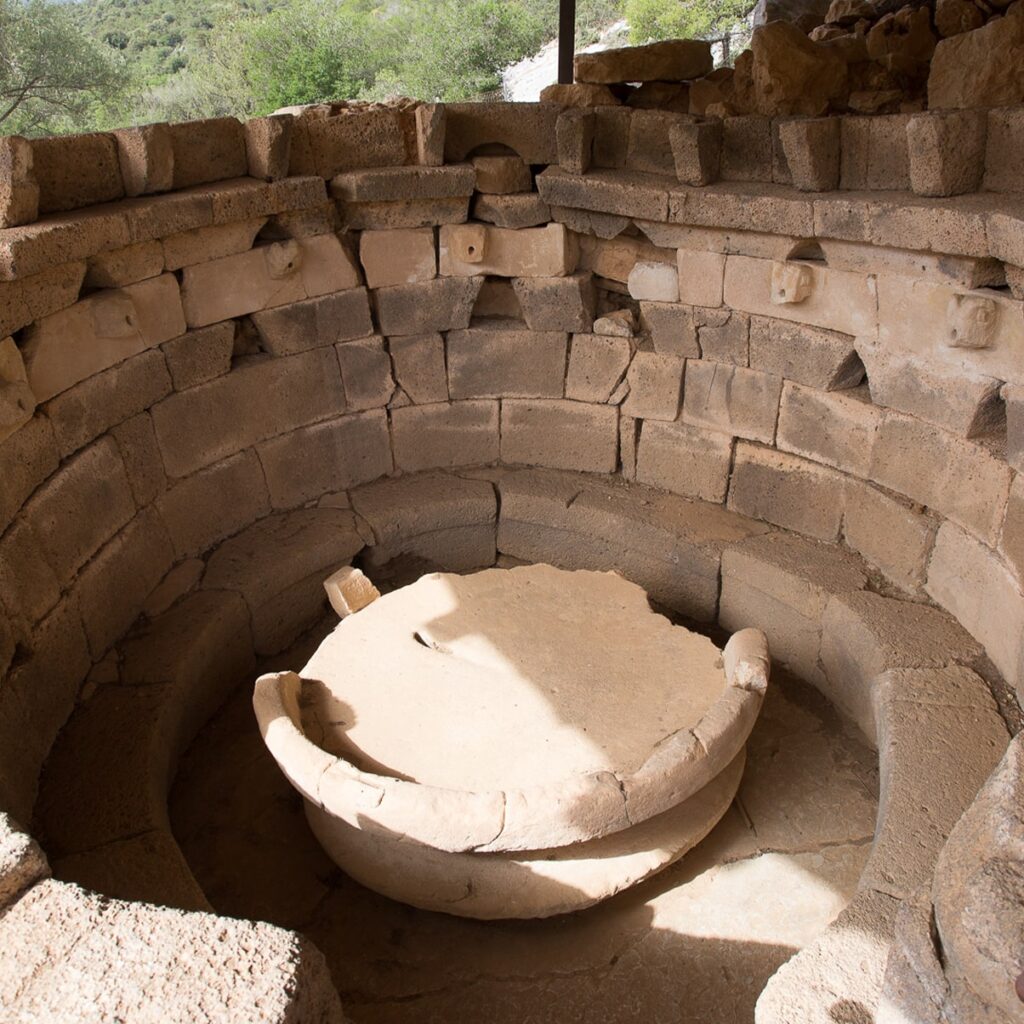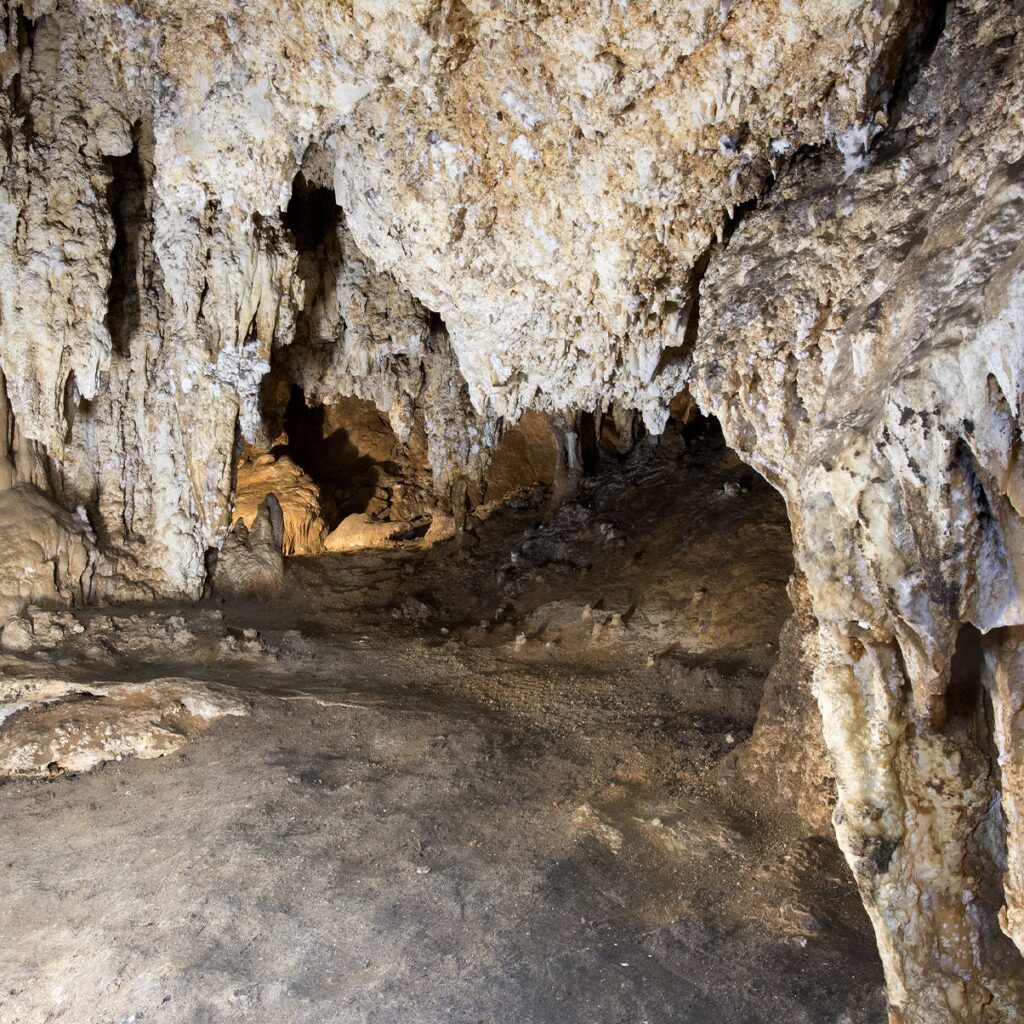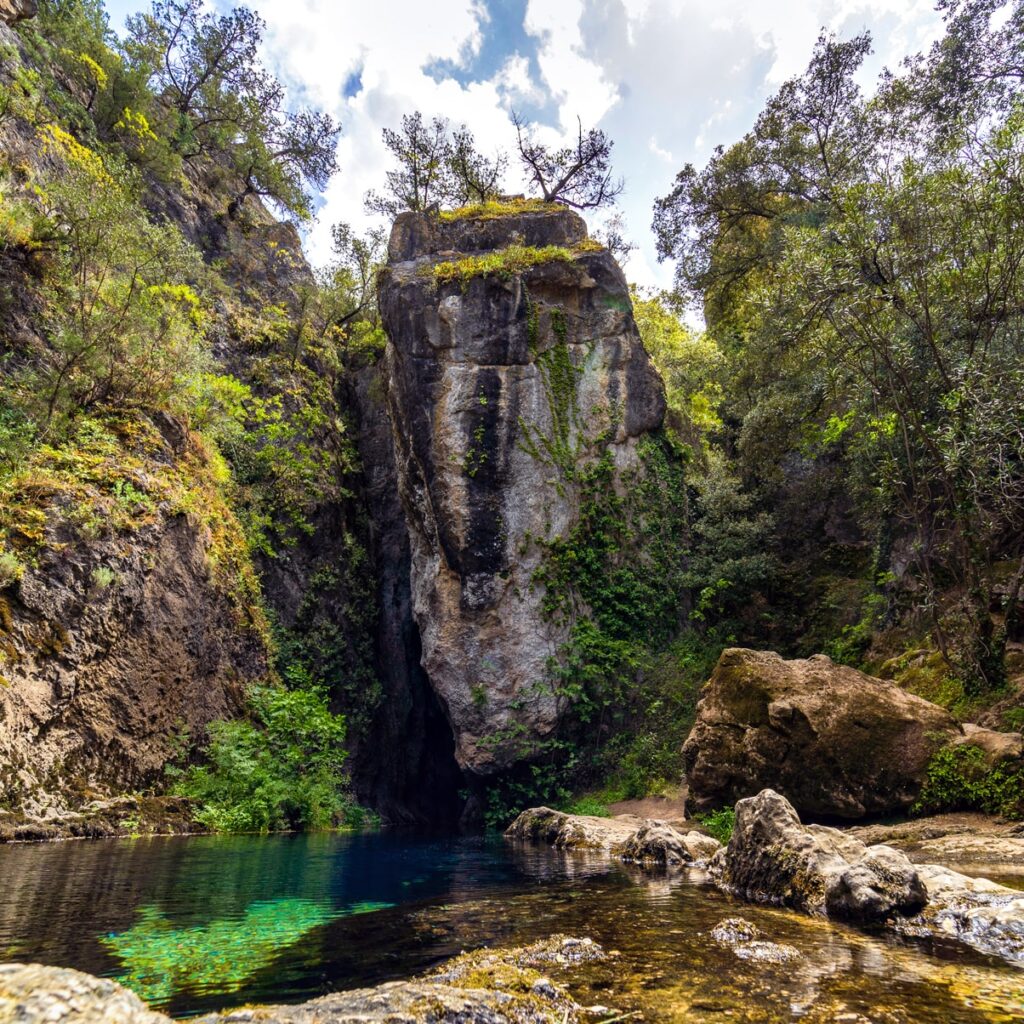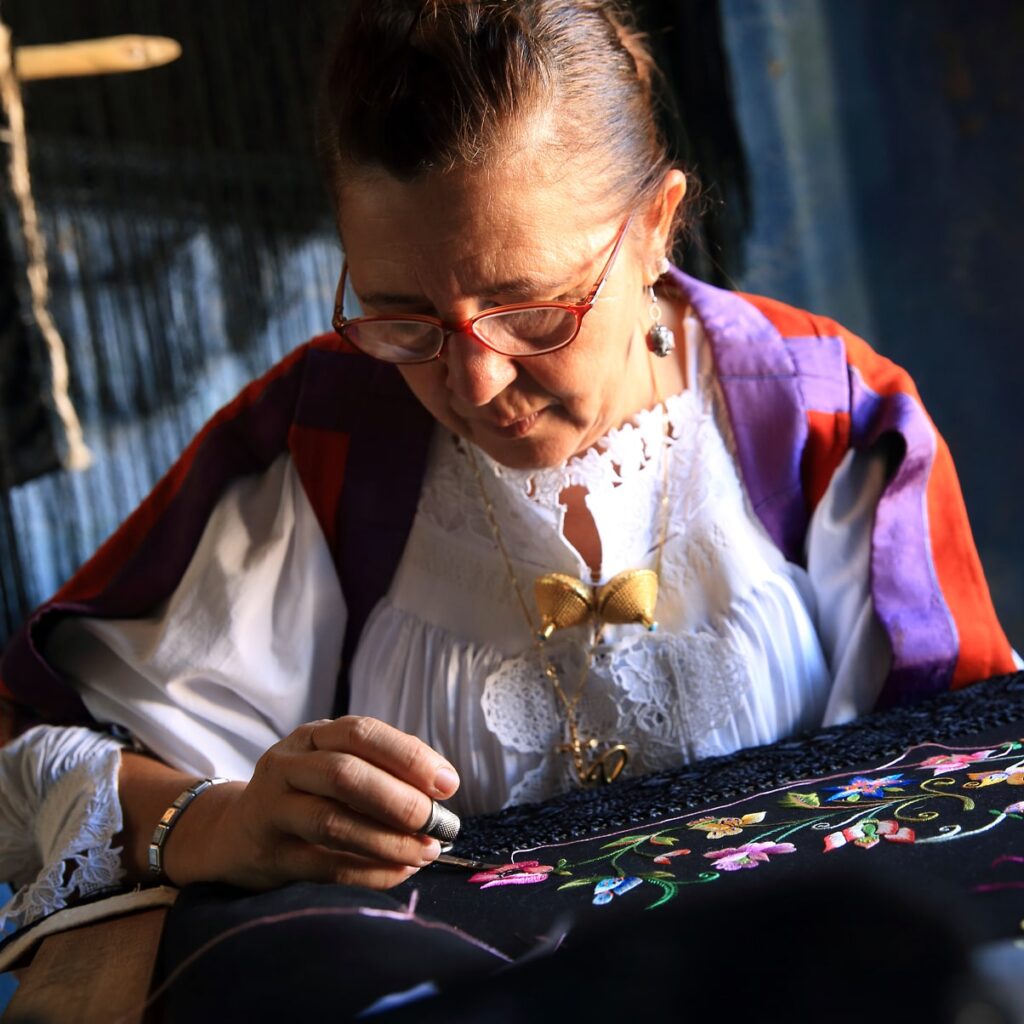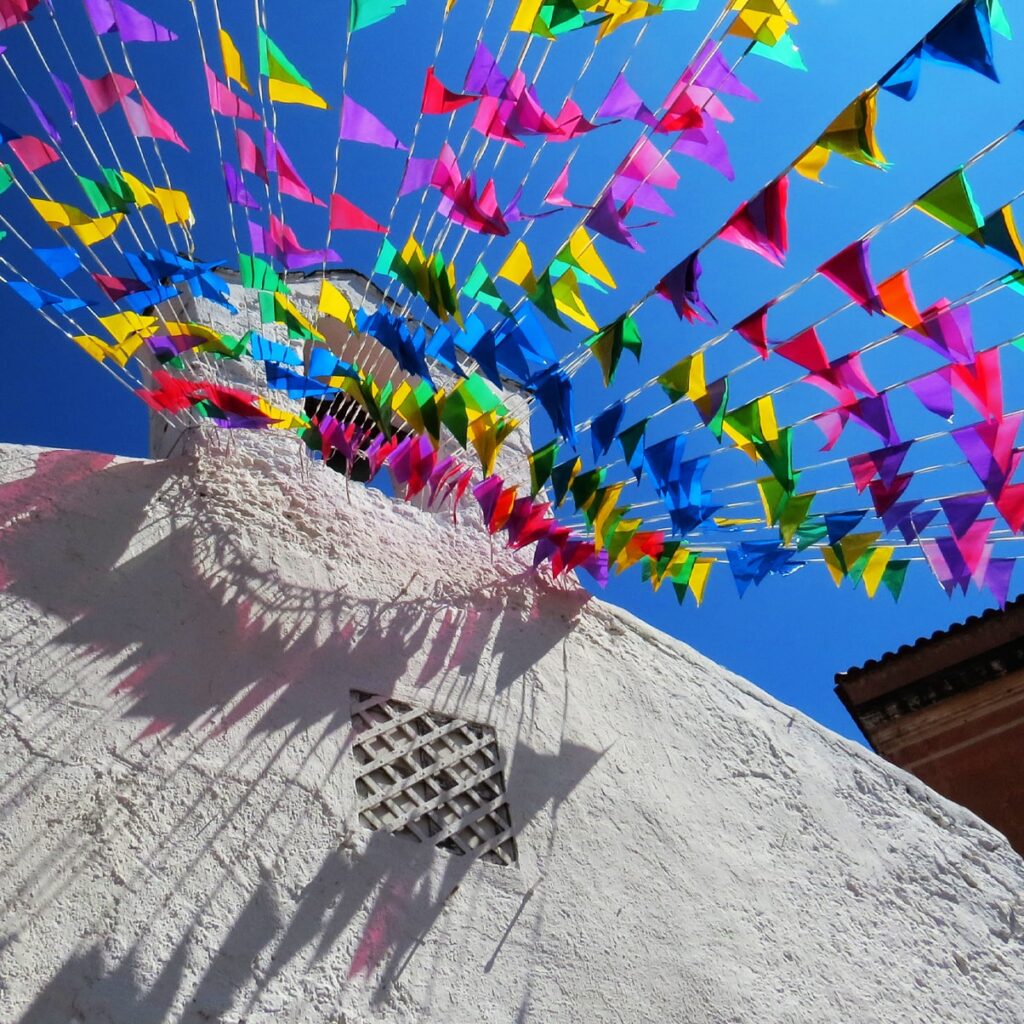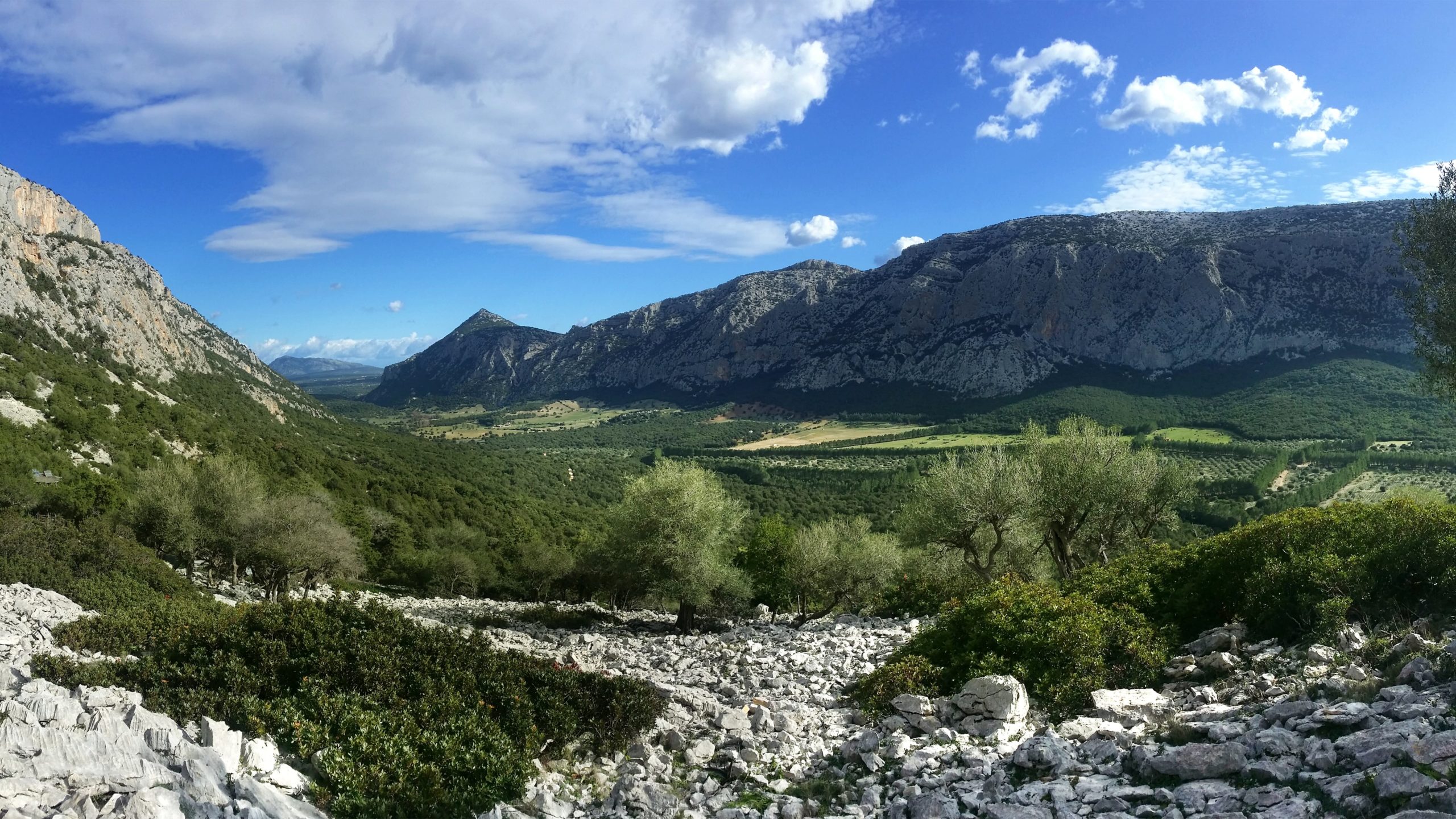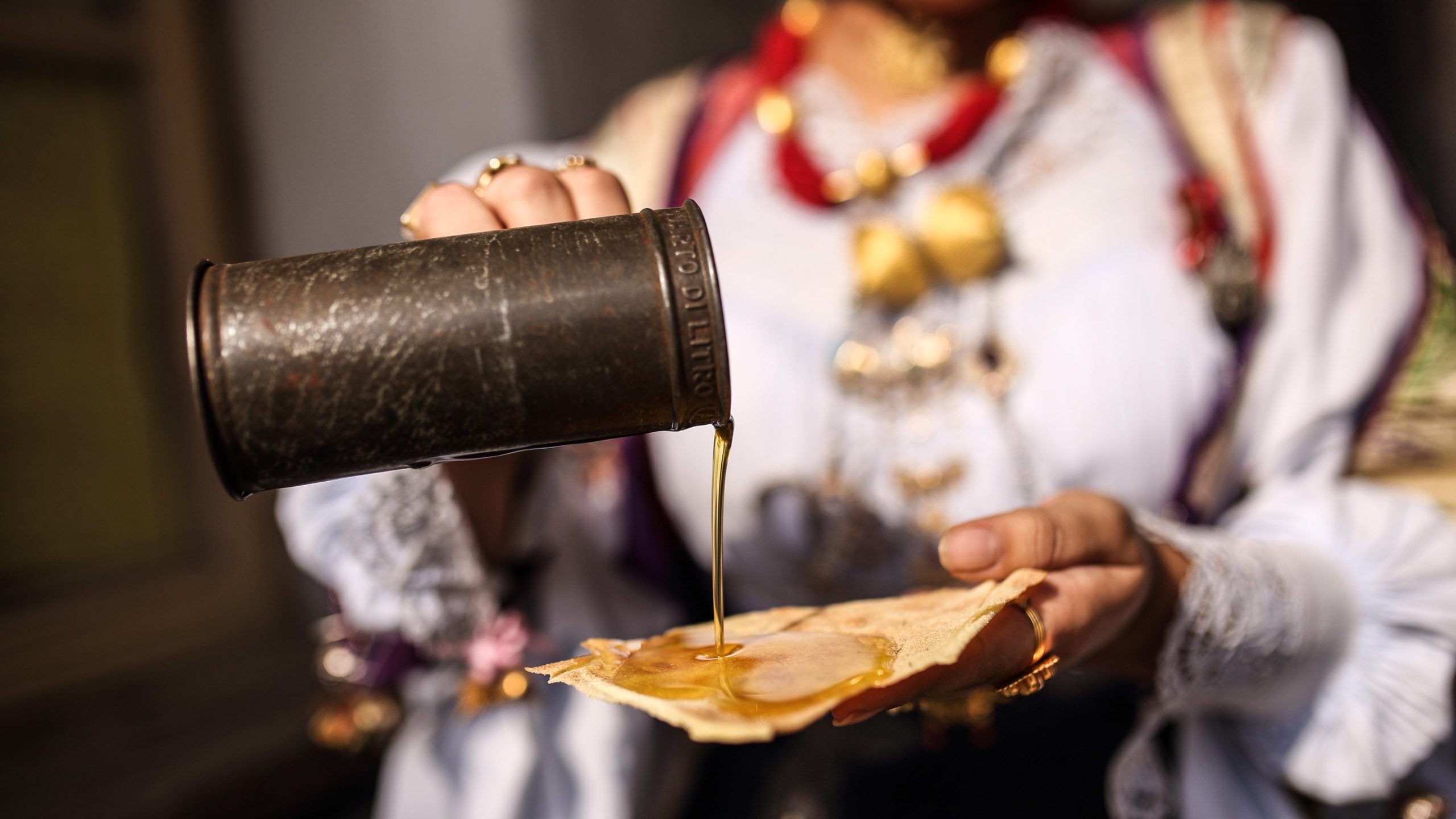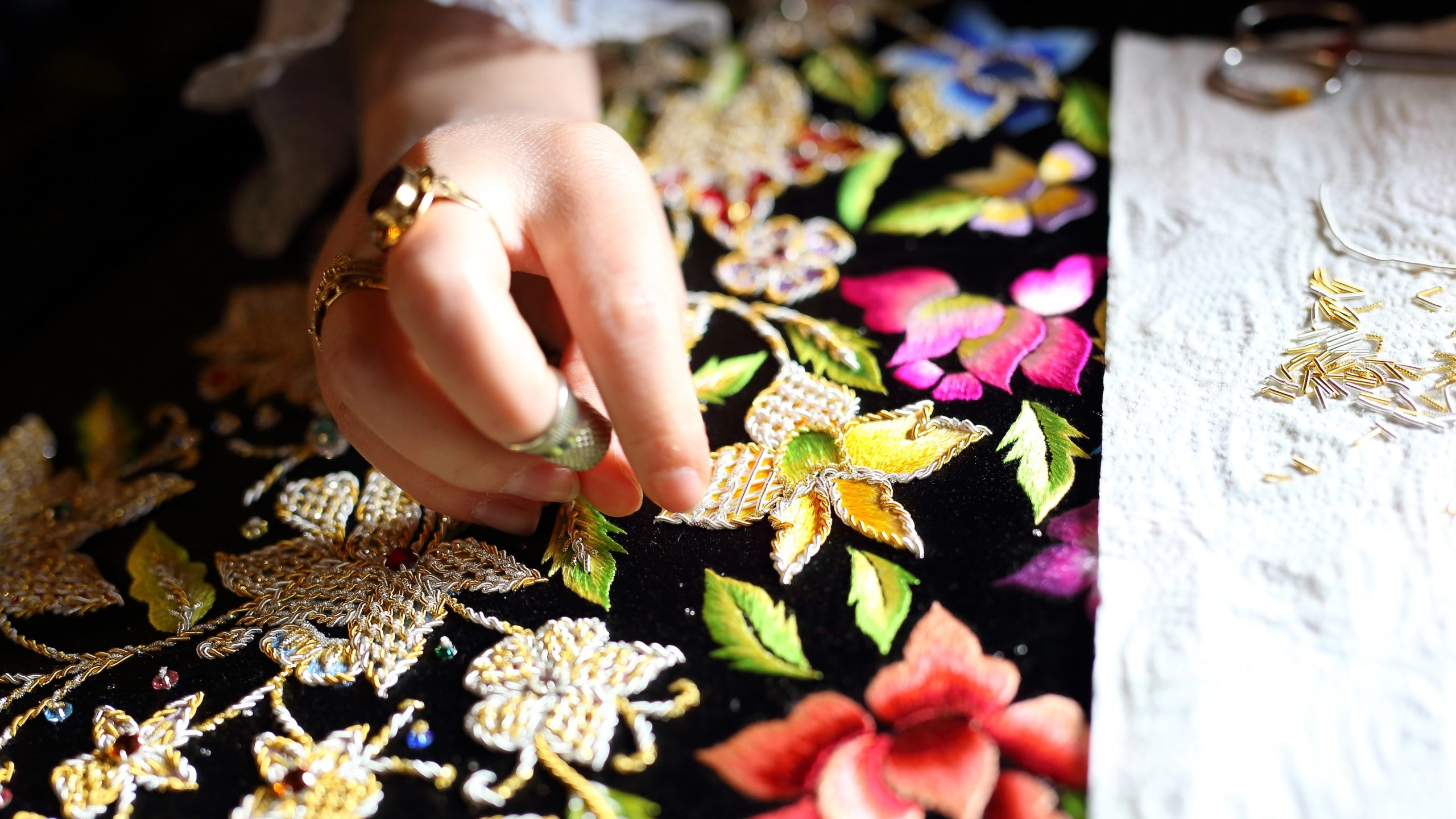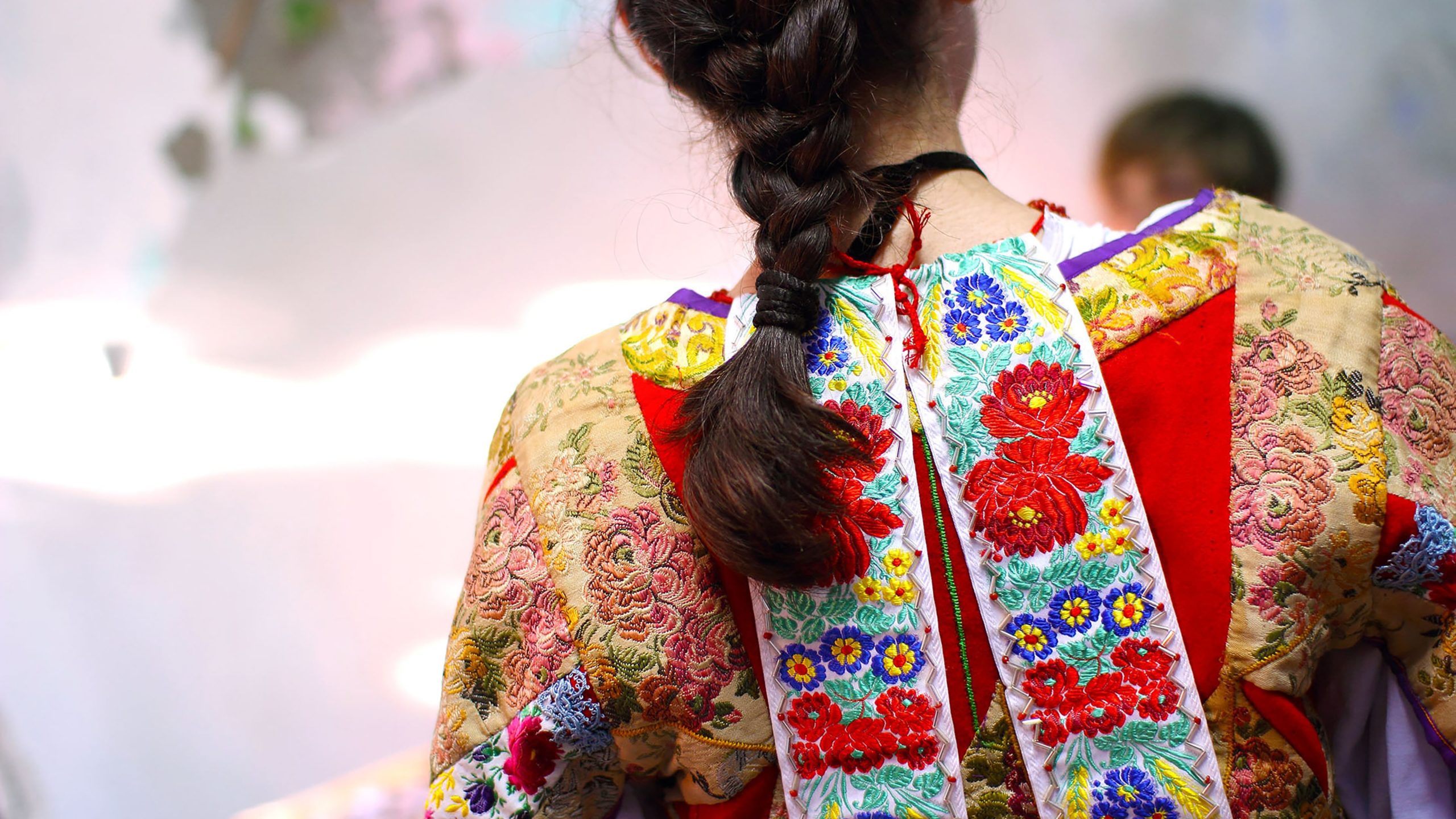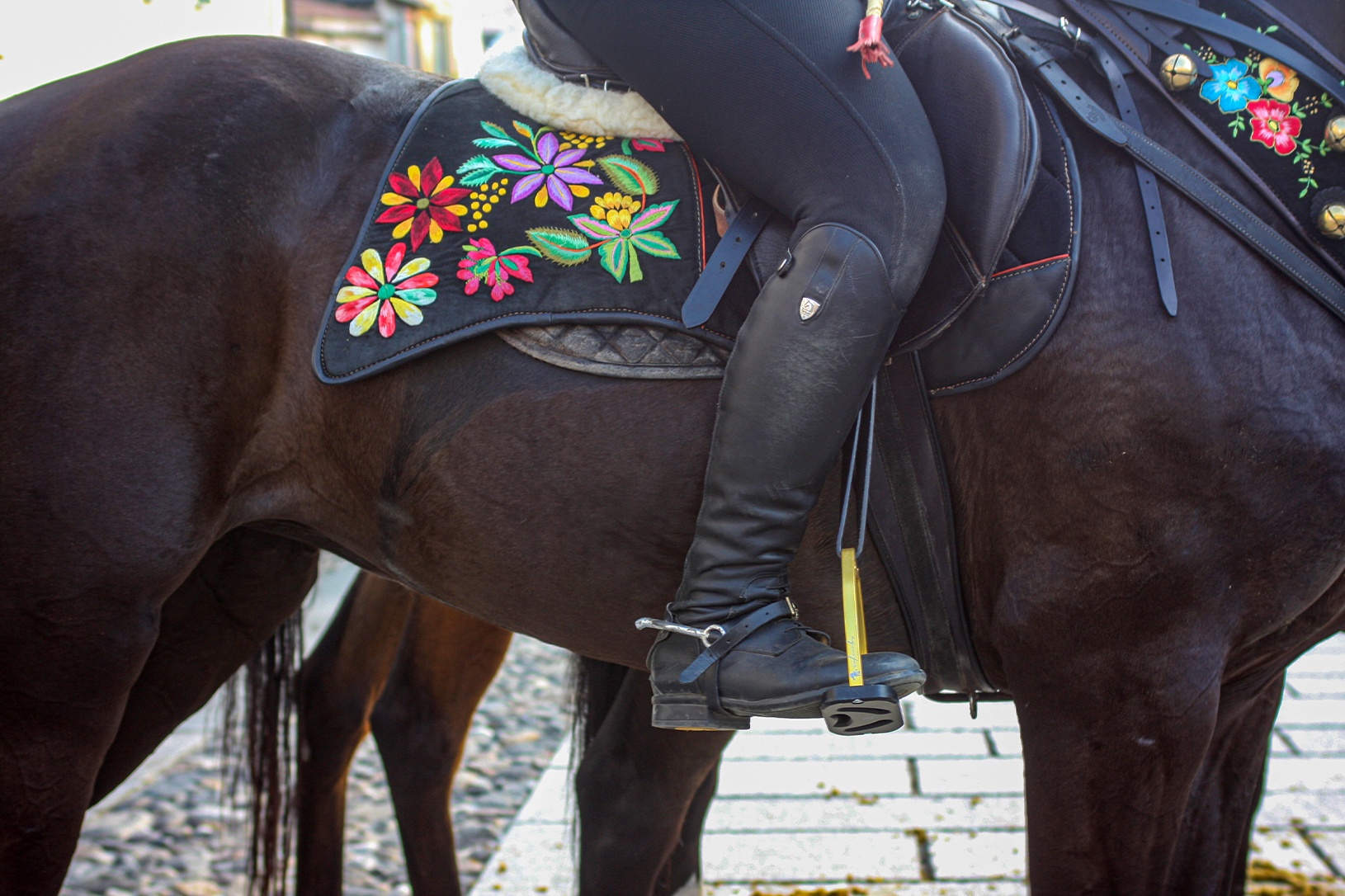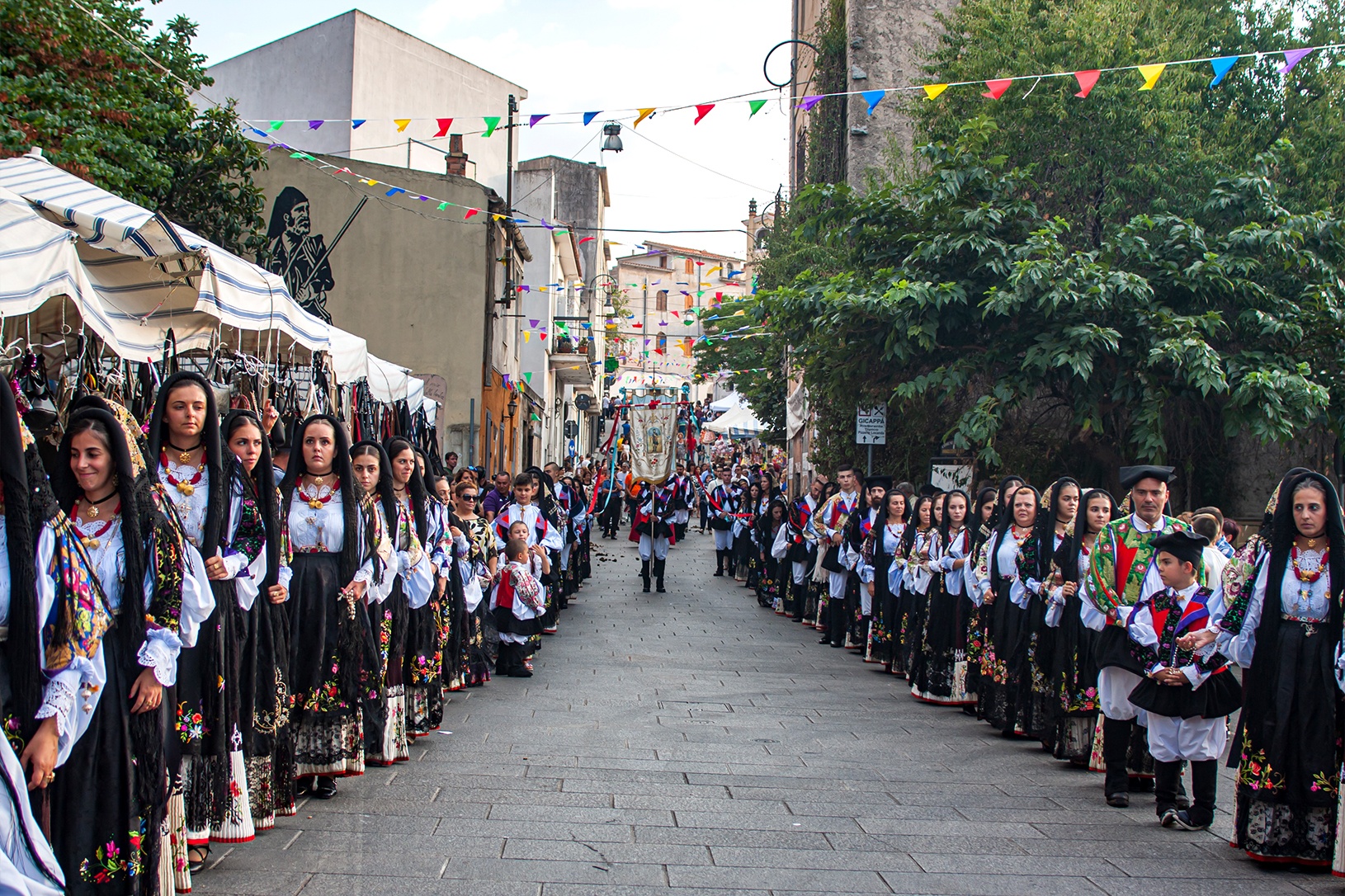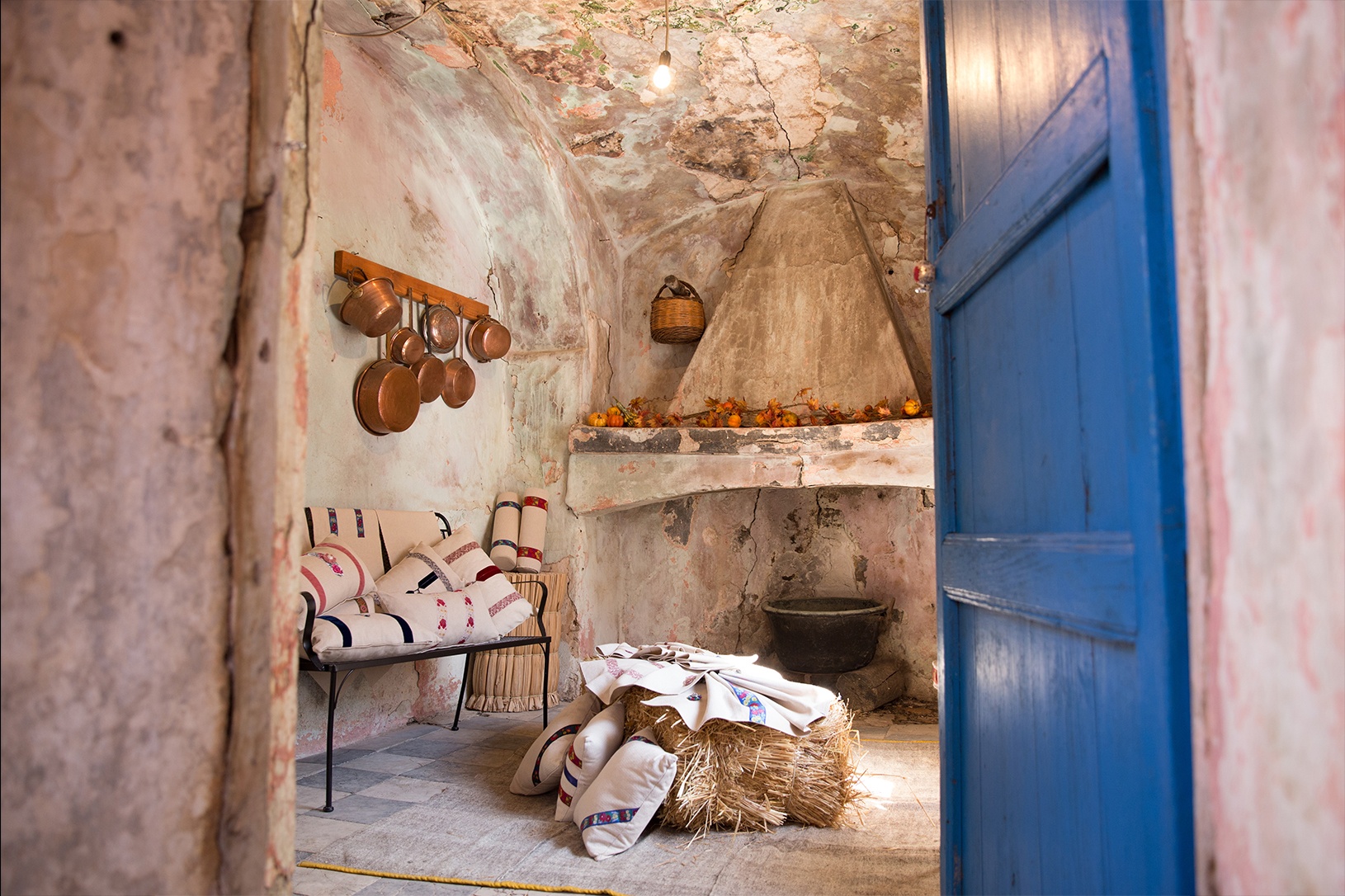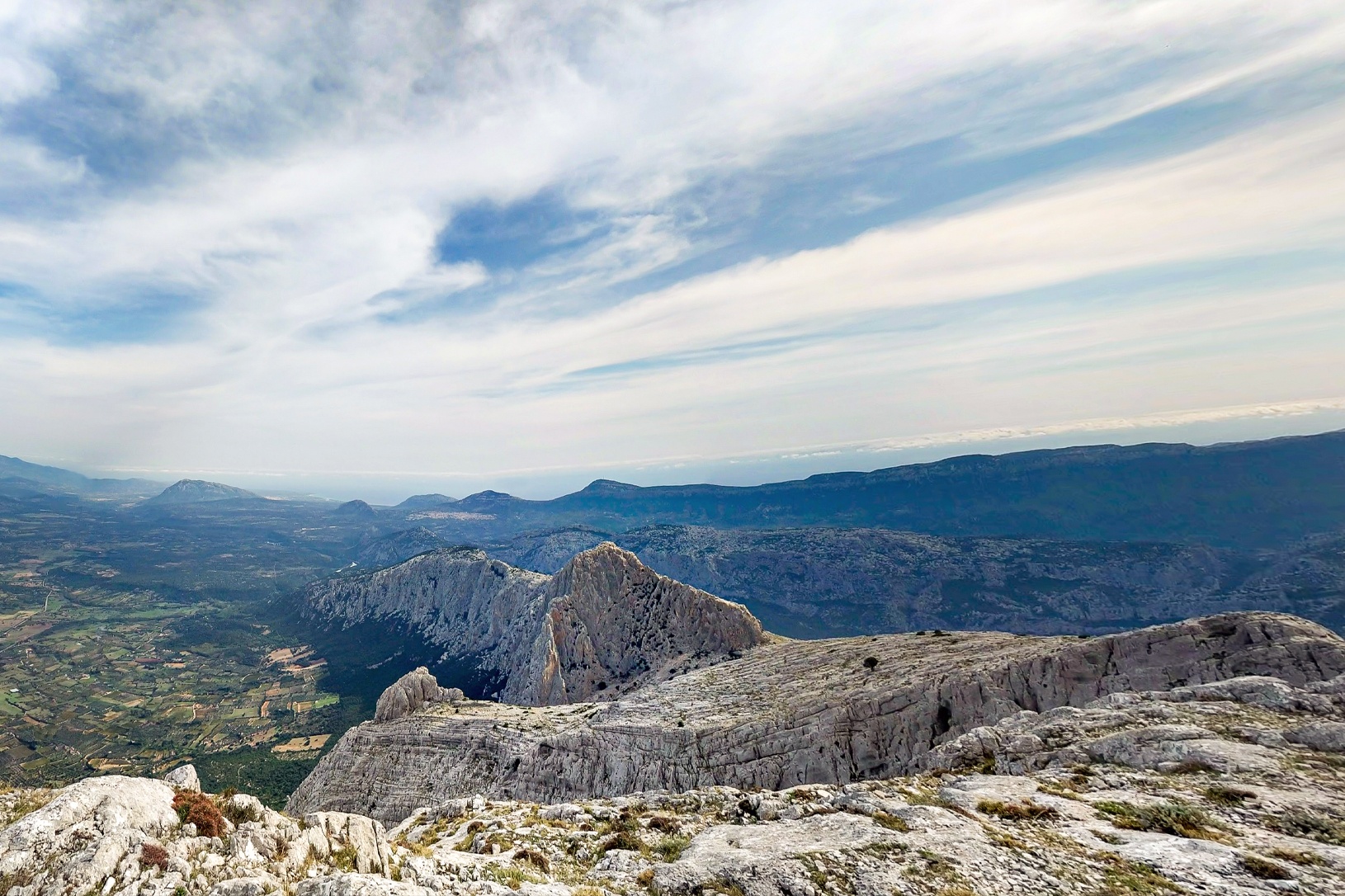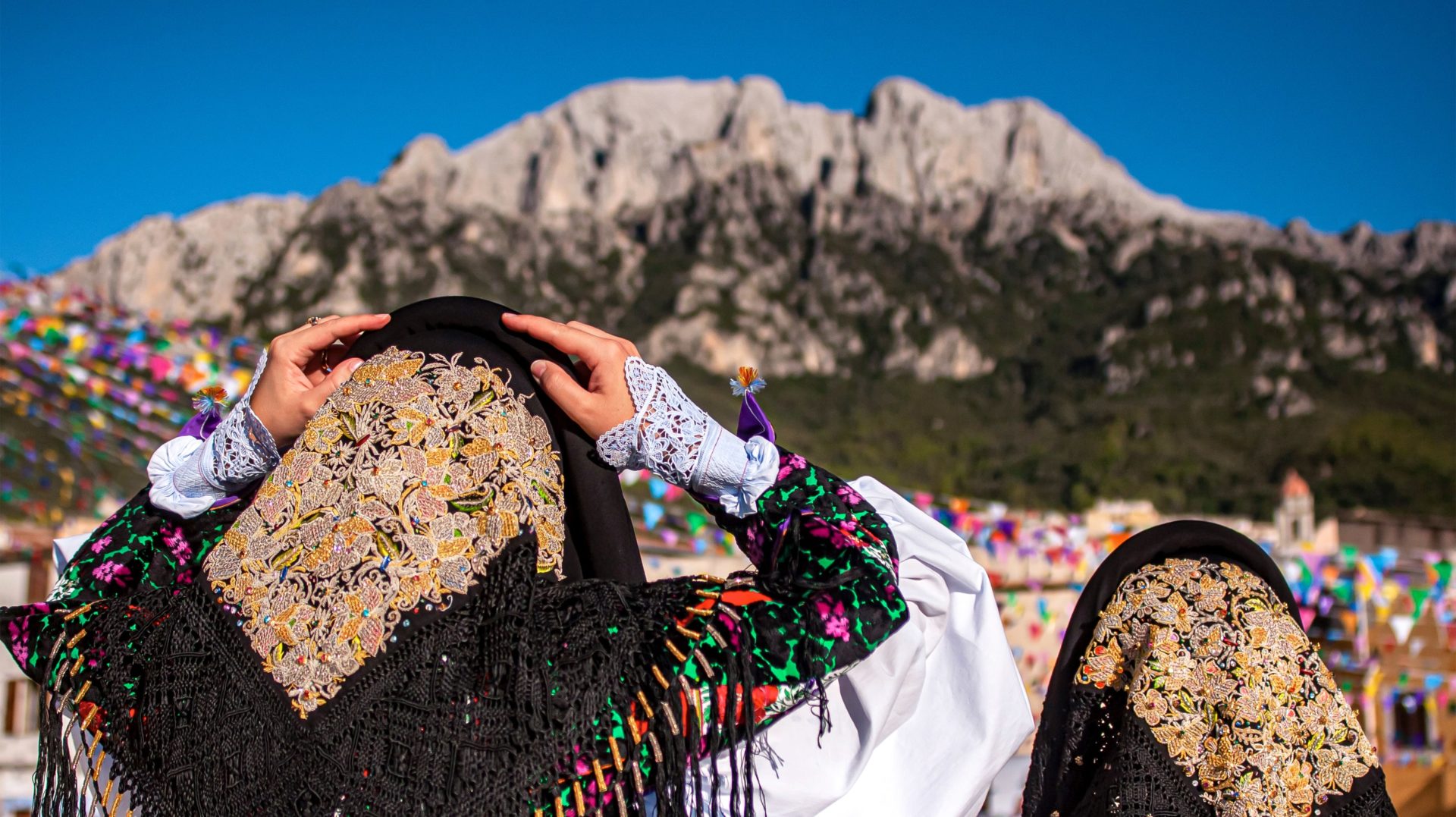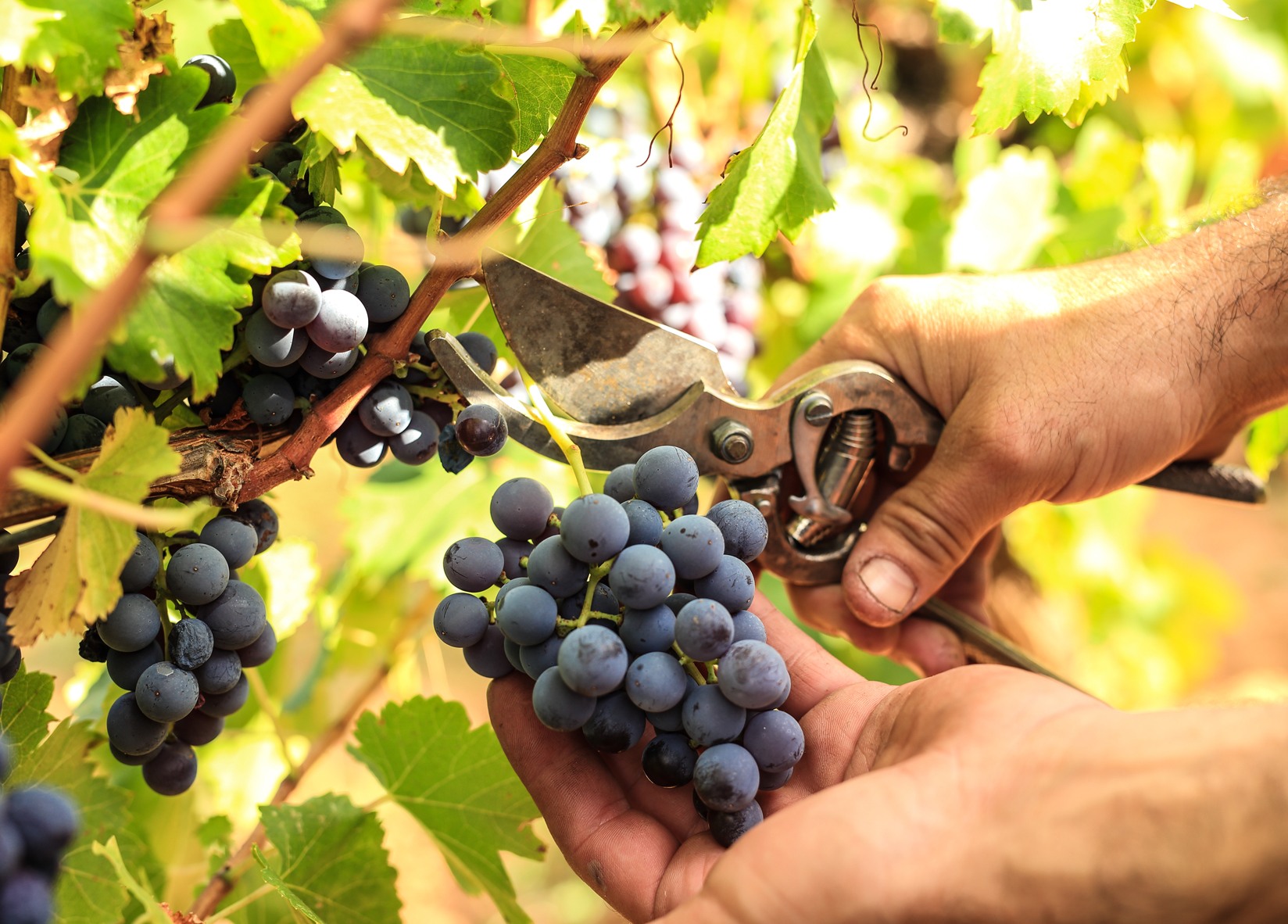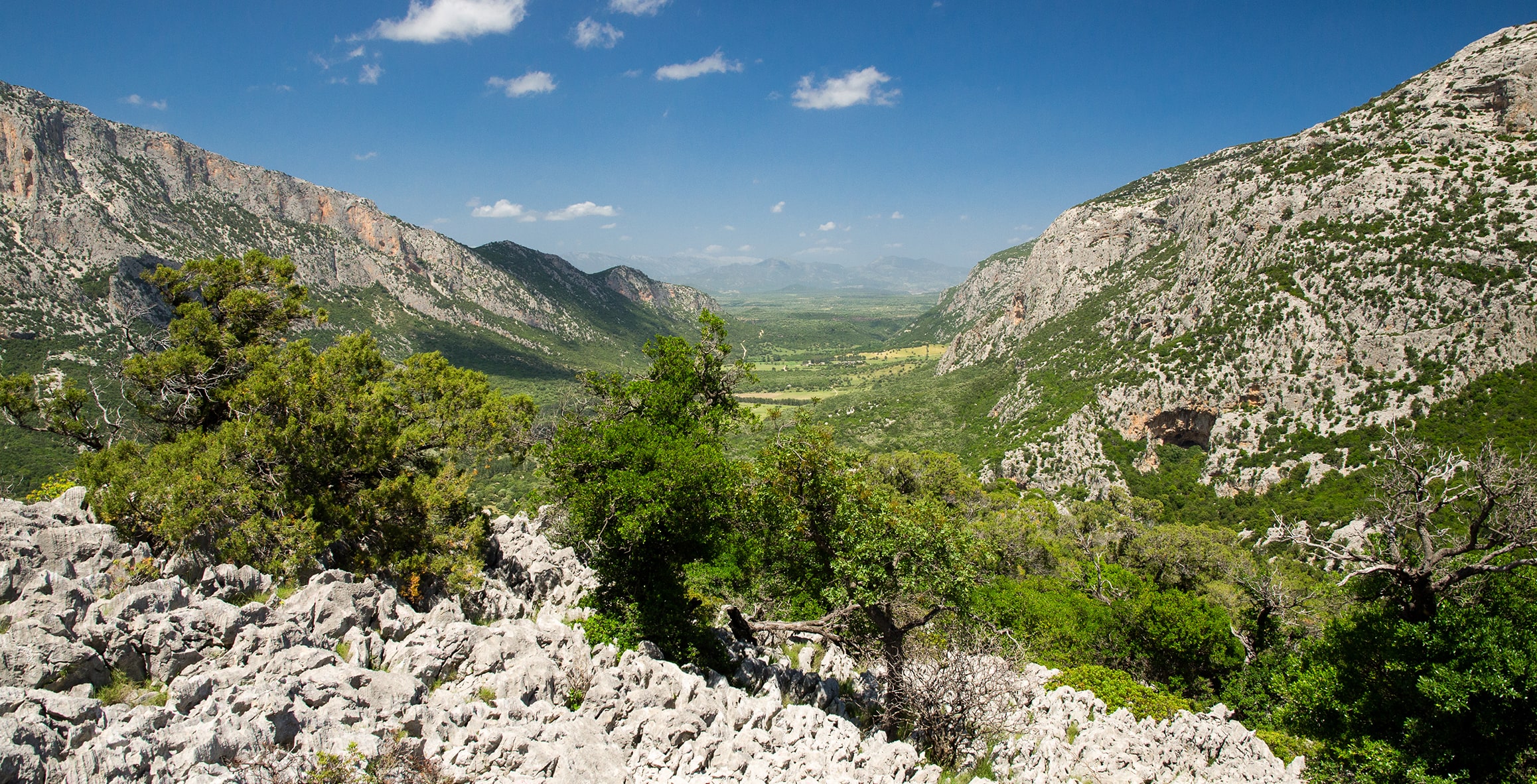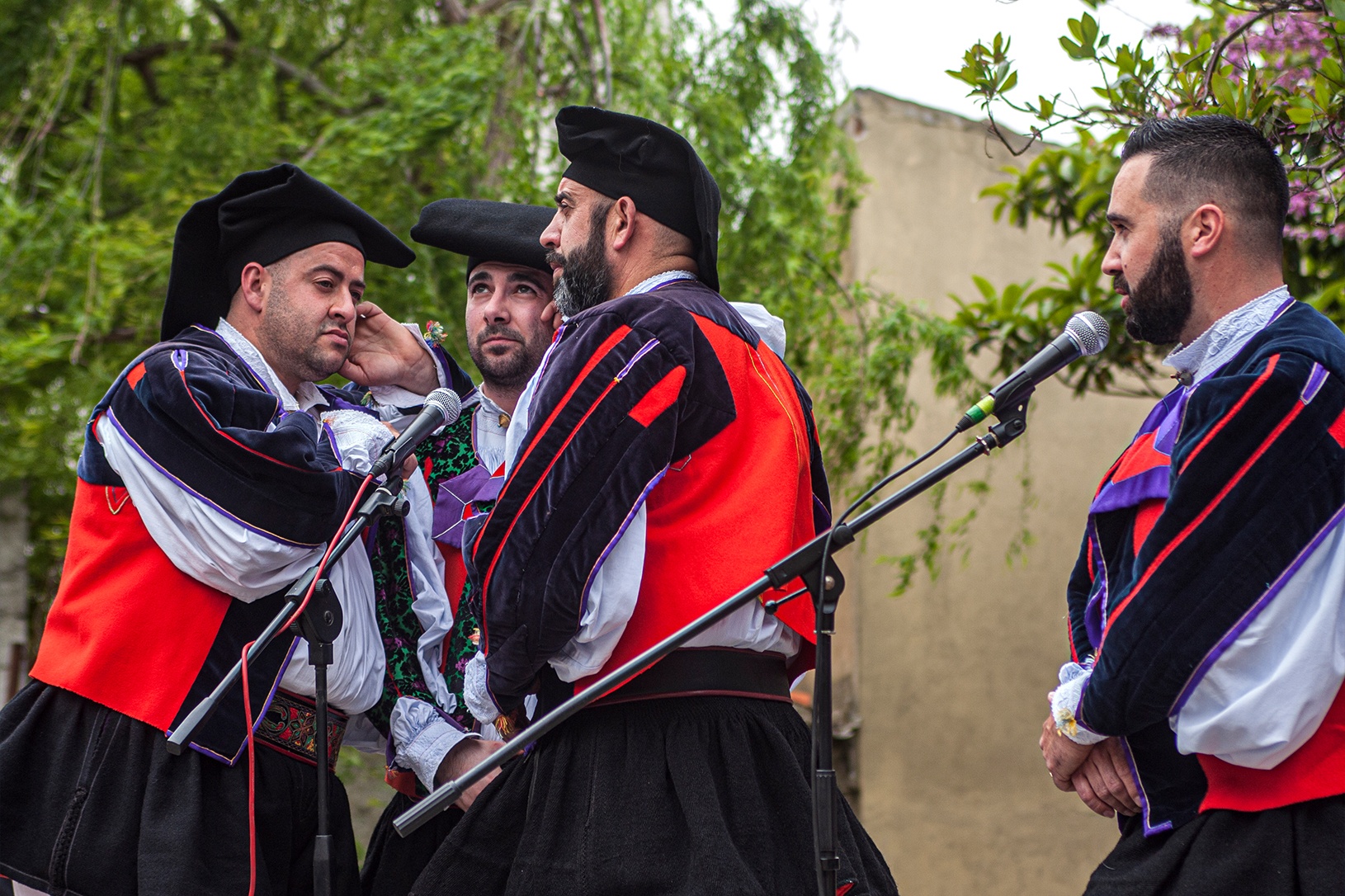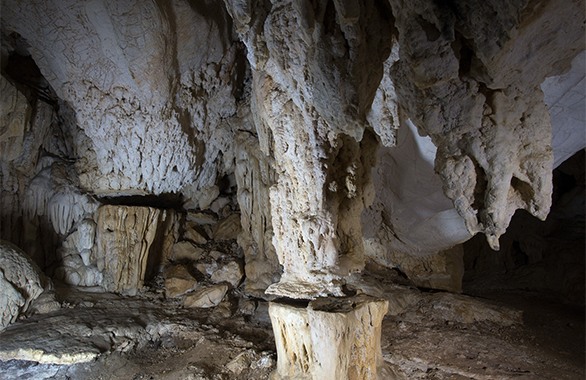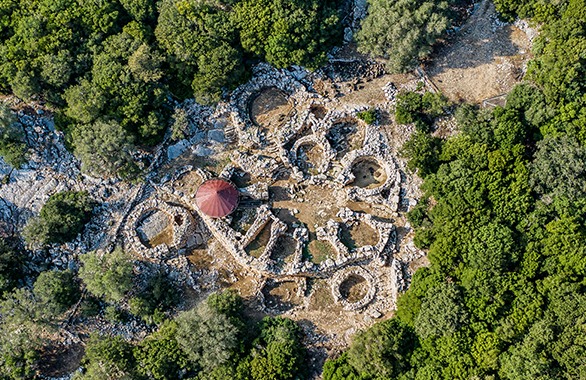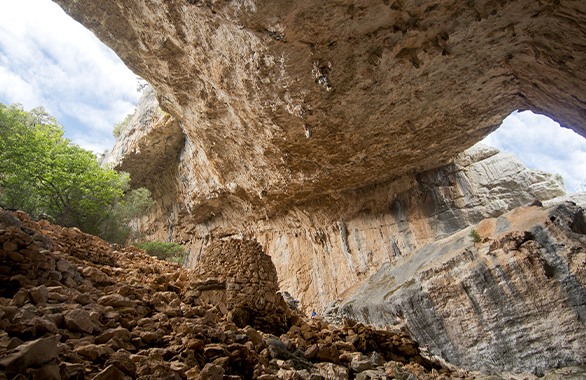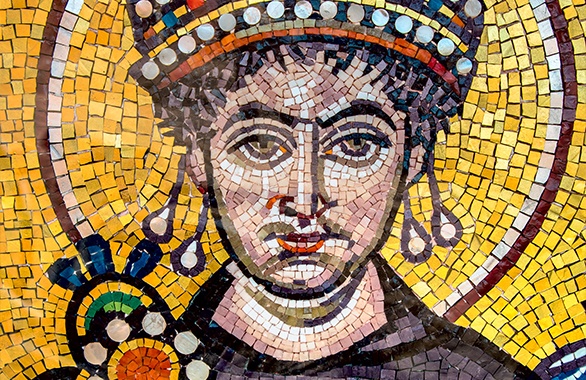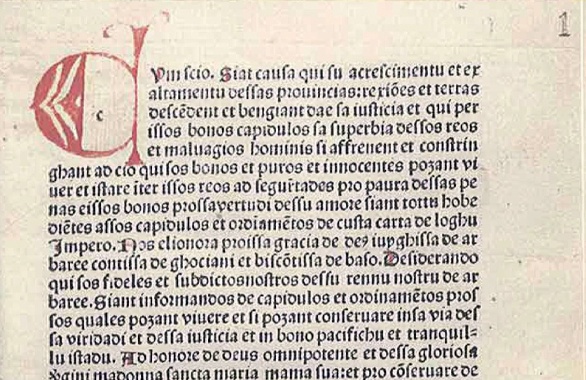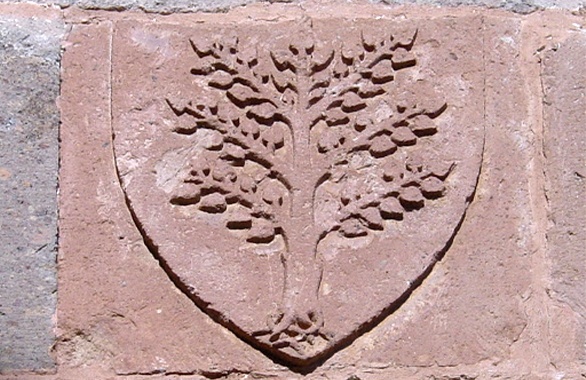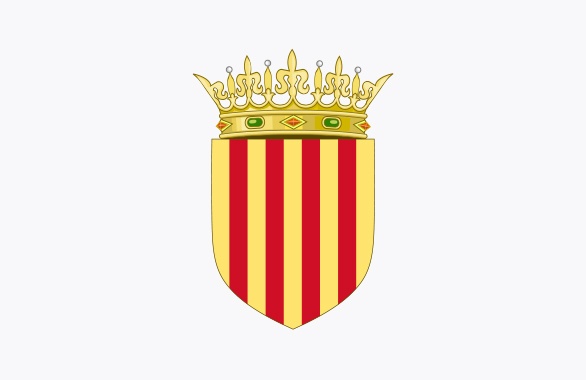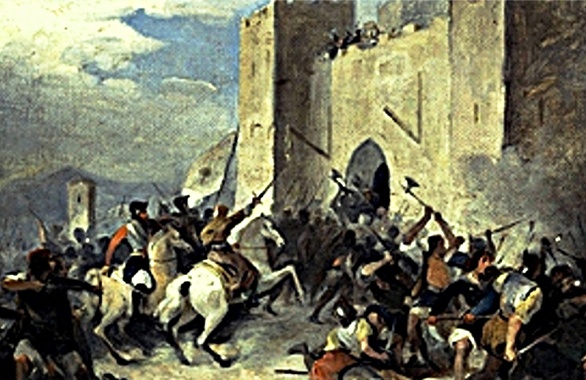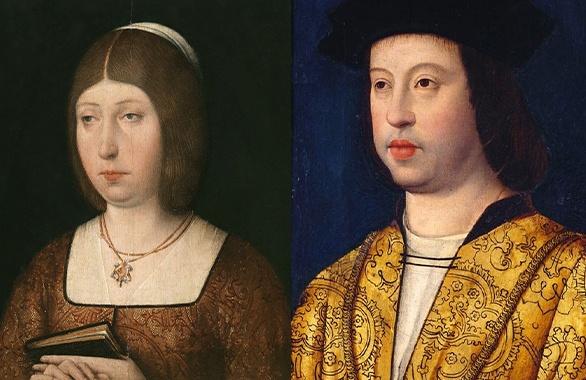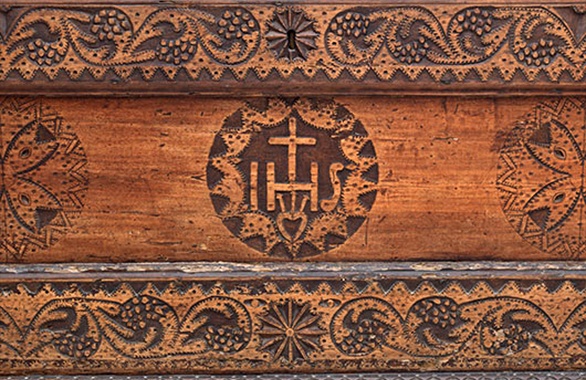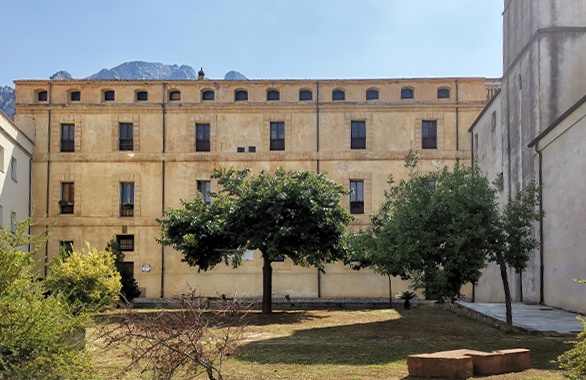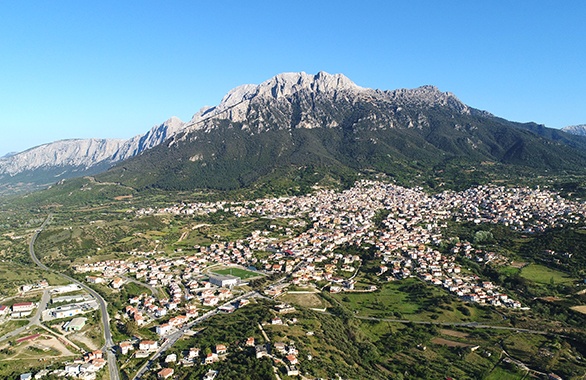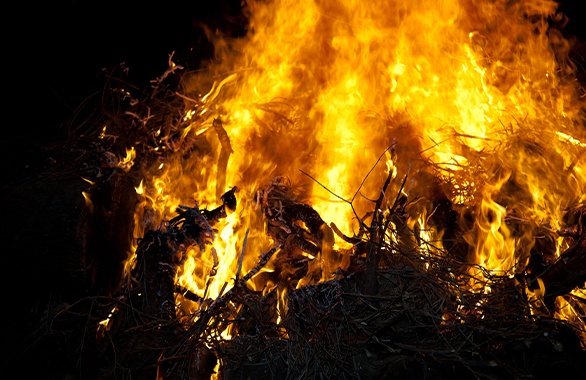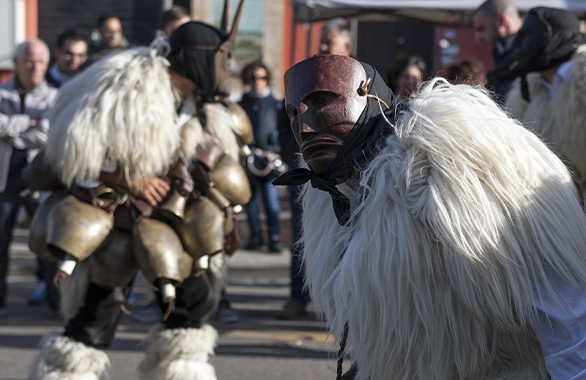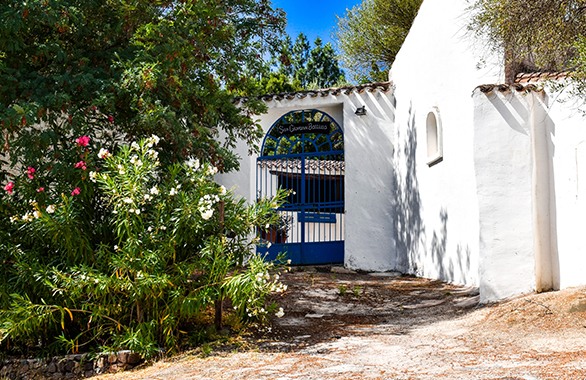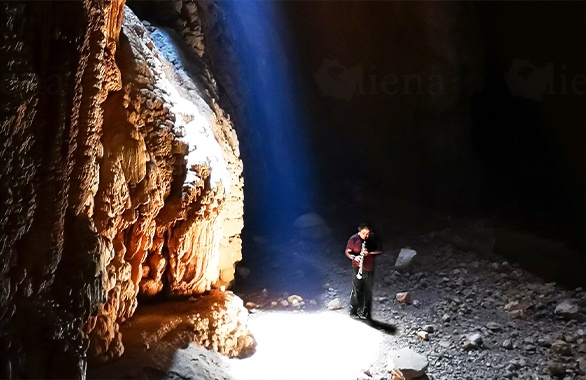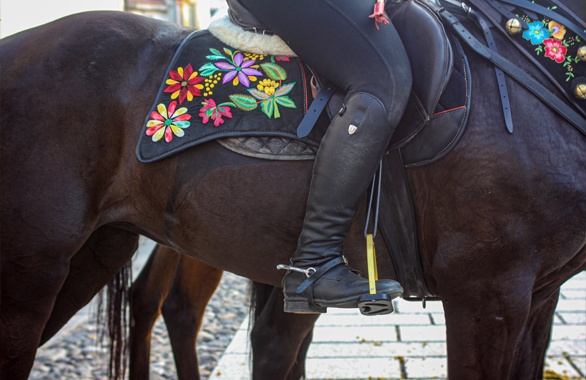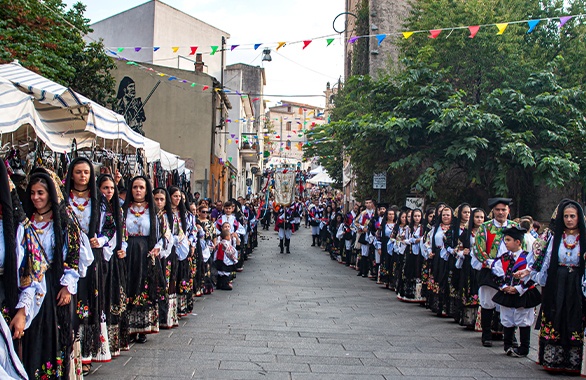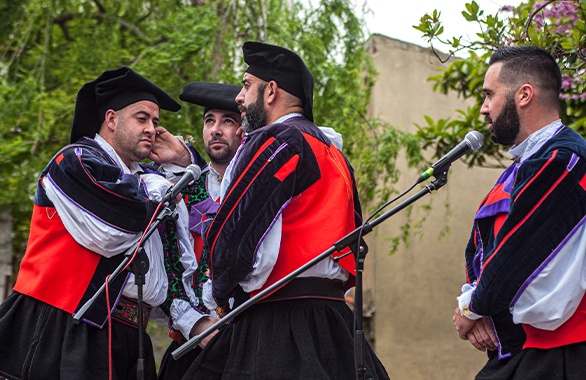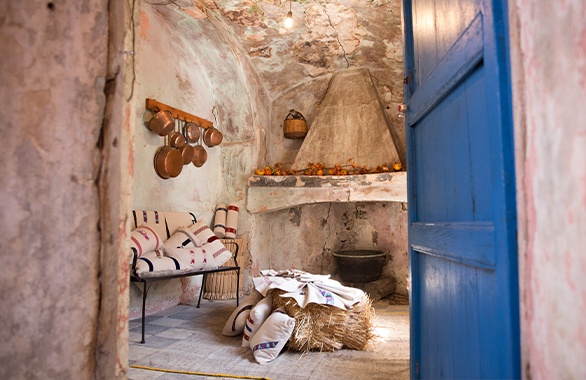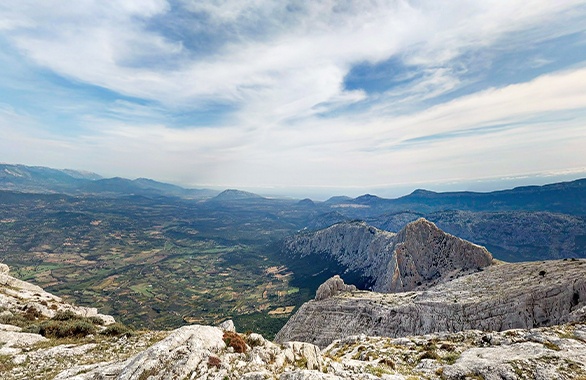The land of Oliena has been inhabited ever since remote times, thanks to its peculiar natural and geographical position. The various caves in the area have given back some of the most ancient finds on the island, including a human from the Upper Paleolithic – 22.000 years ago. This fantastic find comes from the Corbeddu Cave and others, which proved uninterrupted human presence in the area since the Middle Neolithic.
Sardinia is an ancient land.
You can discover all these millennia layers upon layer in the landscape, the knowledge, and the soul of its people.
Oliena lies in the heart of the island. A place where mountains, forests and springs have been offering shelter and resources to a group of hard-working people with a rich culture and traditions and willing to pass it on to future generations.
These secrets are all about its unrivalled wine, unique fragrances of unparalleled olive oil, or even about the elegance of traditional jewellery and embroidery, all hand-made by the thousand hands of the community throughout the centuries.
And then, there’s the breathtaking landscape, like the indomitable Supramonte, which looks over the town with its highest peak – Punta Corrasi.
While not as tall as before due to natural erosion and the passing of time, its naturally secluded position made this a natural paradise. The area of Oliena hosts about 650 floral species, 70 of which endemic and some exclusive to the Supramonte area – accounting for a third of the entire Sardinian flora.
This vast calcareous-dolomitic mass – which is dotted with forests, canyons, caves and sinkholes – ends North with the vast valley of Lanaitho. This place is a true cradle of culture, keeper of ancient stories which go back as far as 22 thousand years ago.
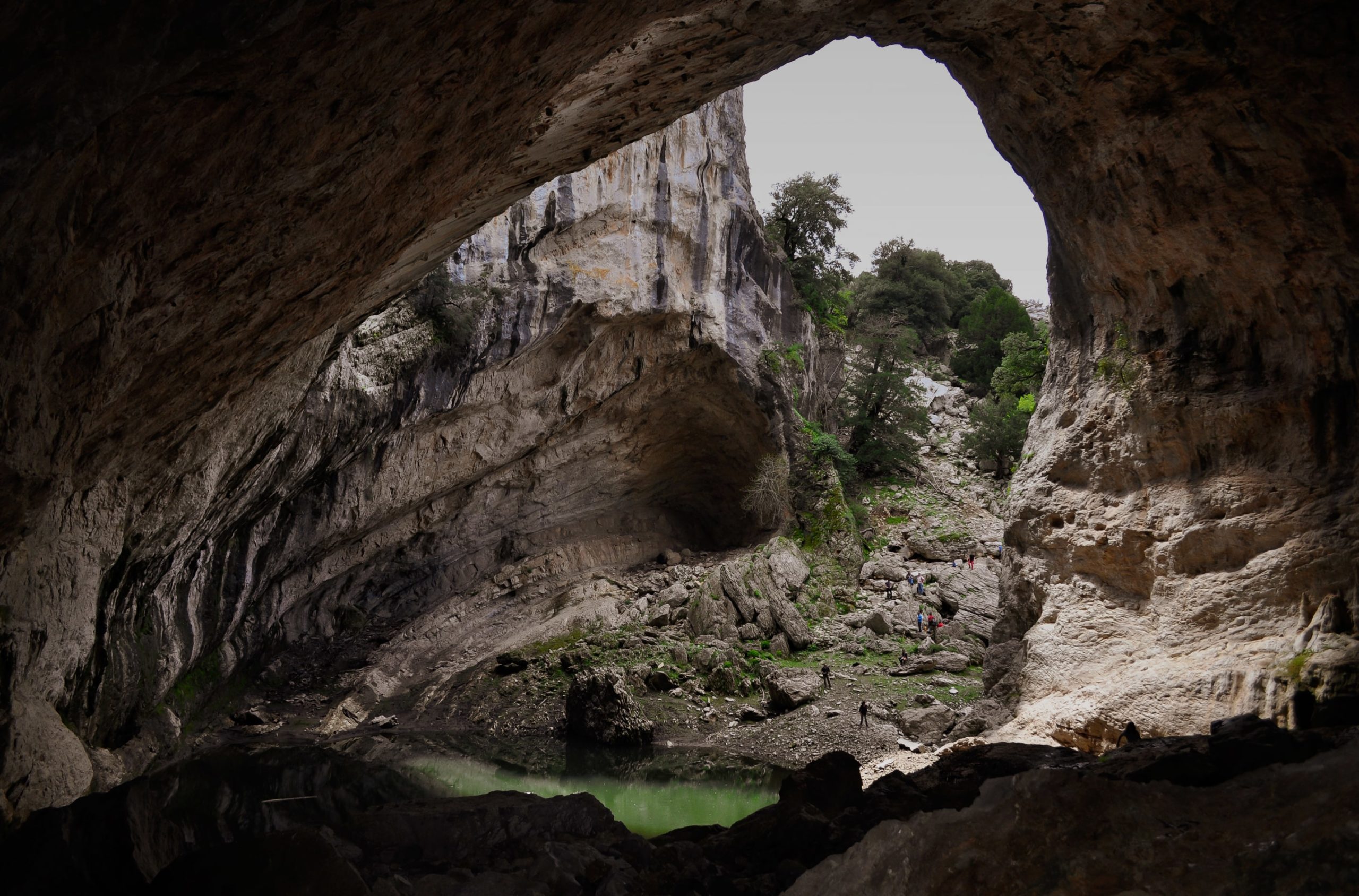
Come see for yourself canyons and dizzy gorges, desert plateaus, lush forests and sinkholes; unknown and ever-changing landscapes will unfold in front of your eyes.
In the evening, you can rest after a demanding day alongside a fire and a glass of wine – you’ll get familiar with the warm (and basic) welcome of the pinnetos (mountain shelters similar to cabins), which remind you of the housings in the ancient Nuragic times.
You’ll be surrounded by unique flora and fauna, by families of cautious mouflon, majestic golden eagles, and solitary goshawks.
For ancient Greeks, Nepente (which could be roughly translated into “That which takes the pain away”) was a miraculous drink capable of taking people’s pains away.
Famous Italian poet Gabriele D’Annunzio must have forgotten his ones if he decided to give Oliena’s wine the name Nepente.
The Lanaitho valley is a narrow valley born through the force of erosion of the water, once abundant here. It is a karstic zone, so water tends to get in the subsoil, thus creating a structure full of caves, chasms, subterranean rivers, lakes, and springs.
If Sardinian culture is a chest full of treasures to discover, the tenore singing style is probably its most precious gem.
It is a very ancient singing style performed by four men’s voices, and its origins are lost in the sands of time.
